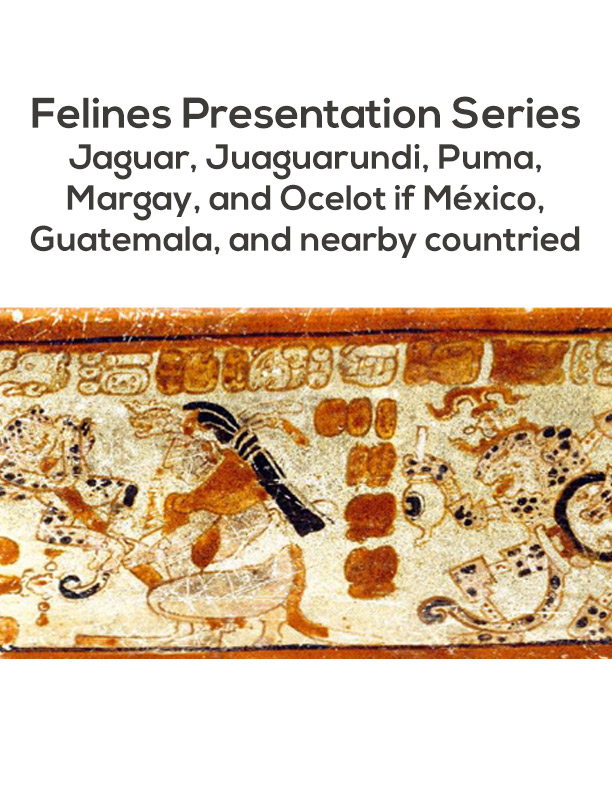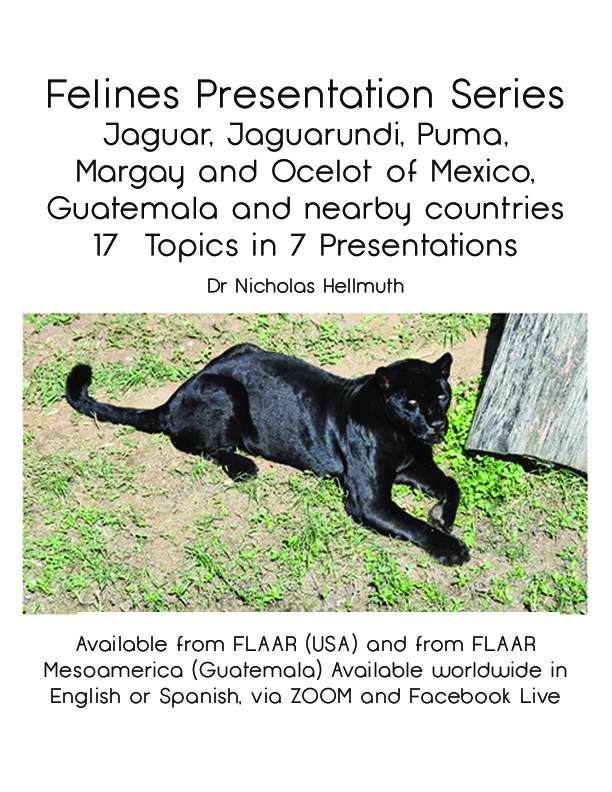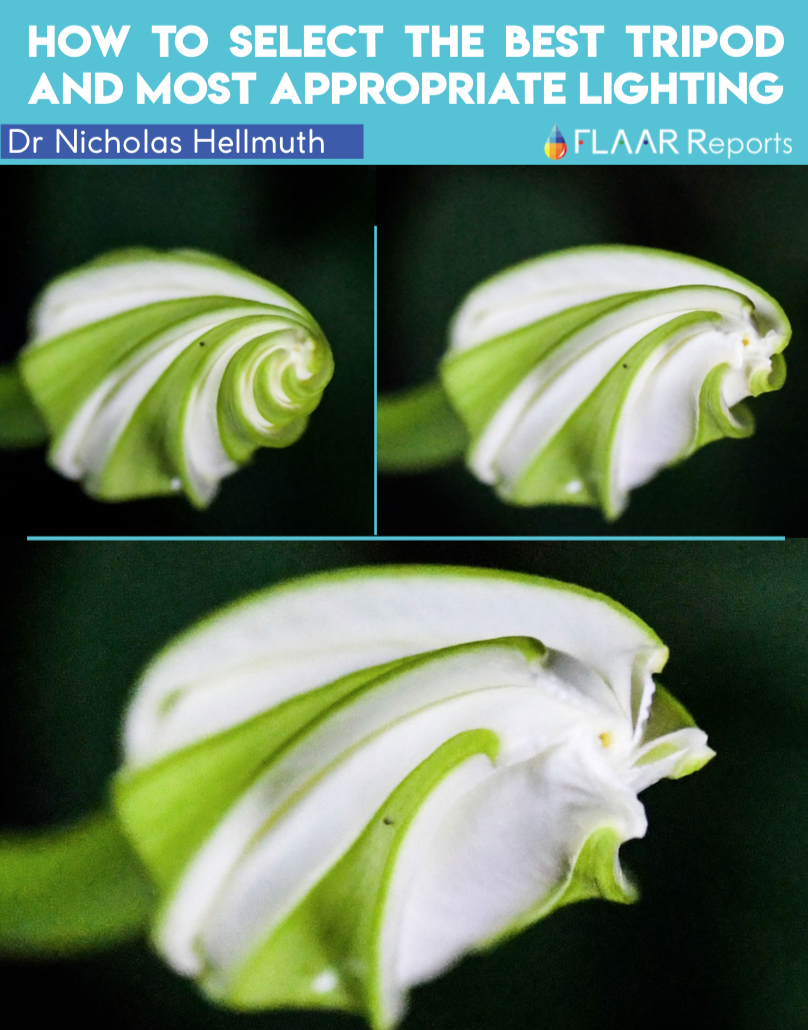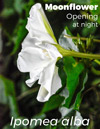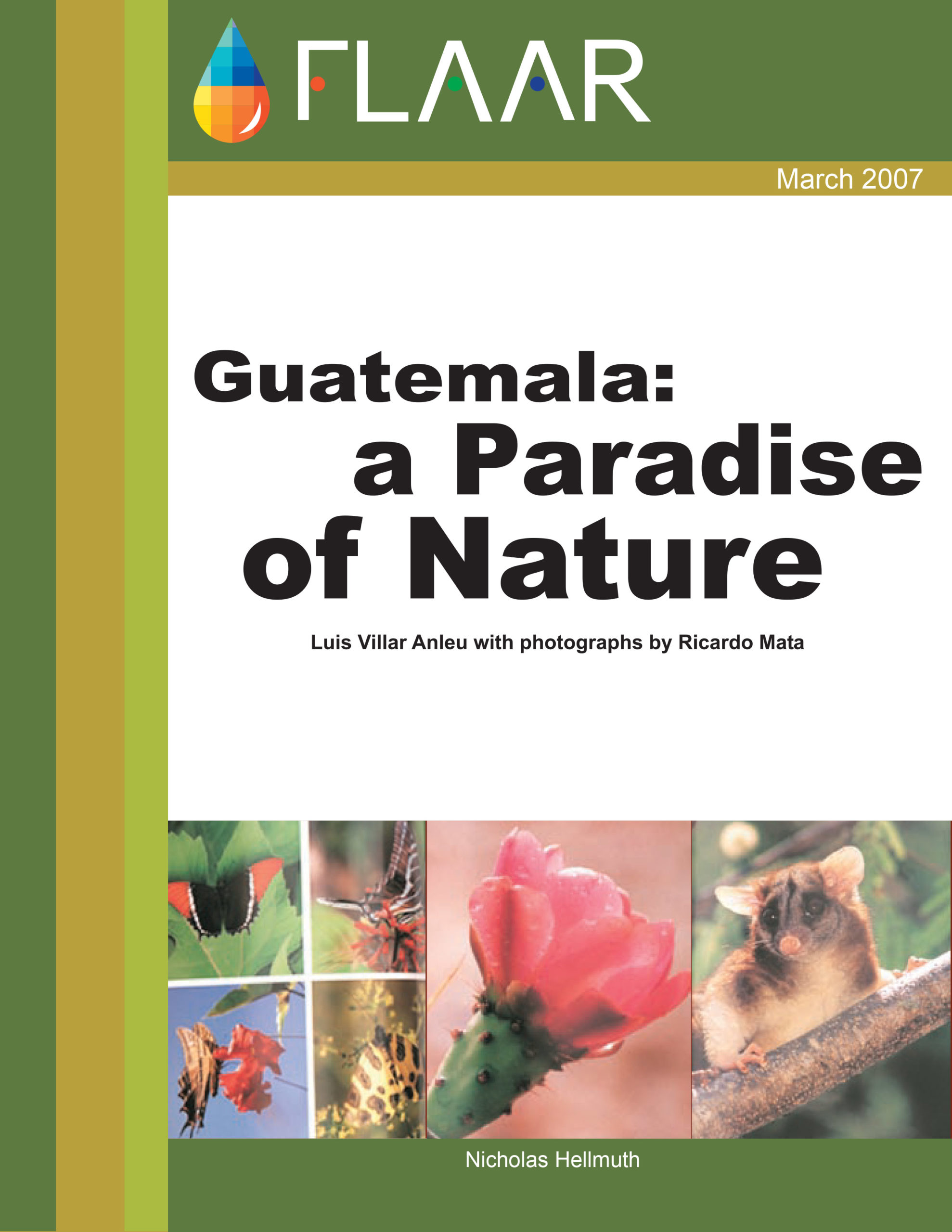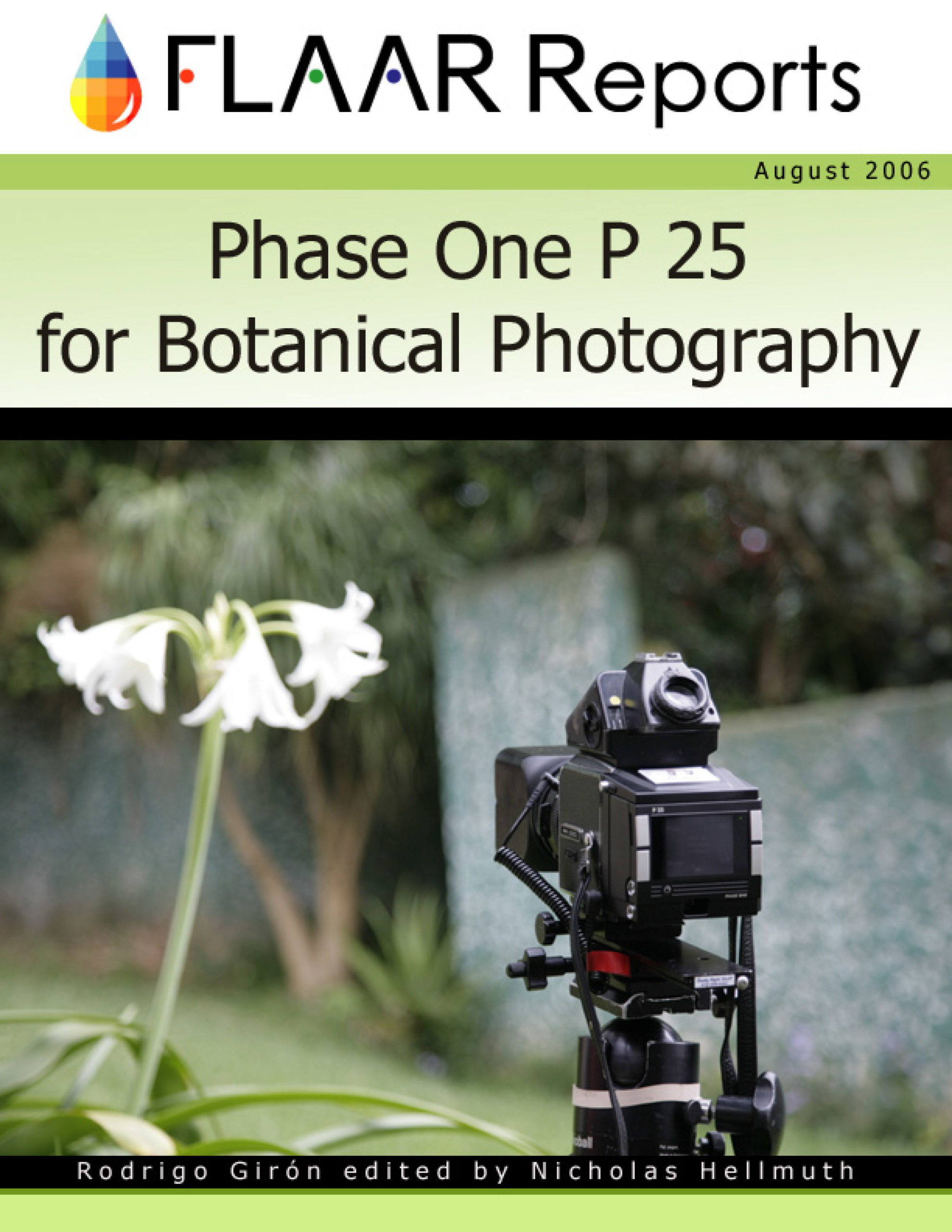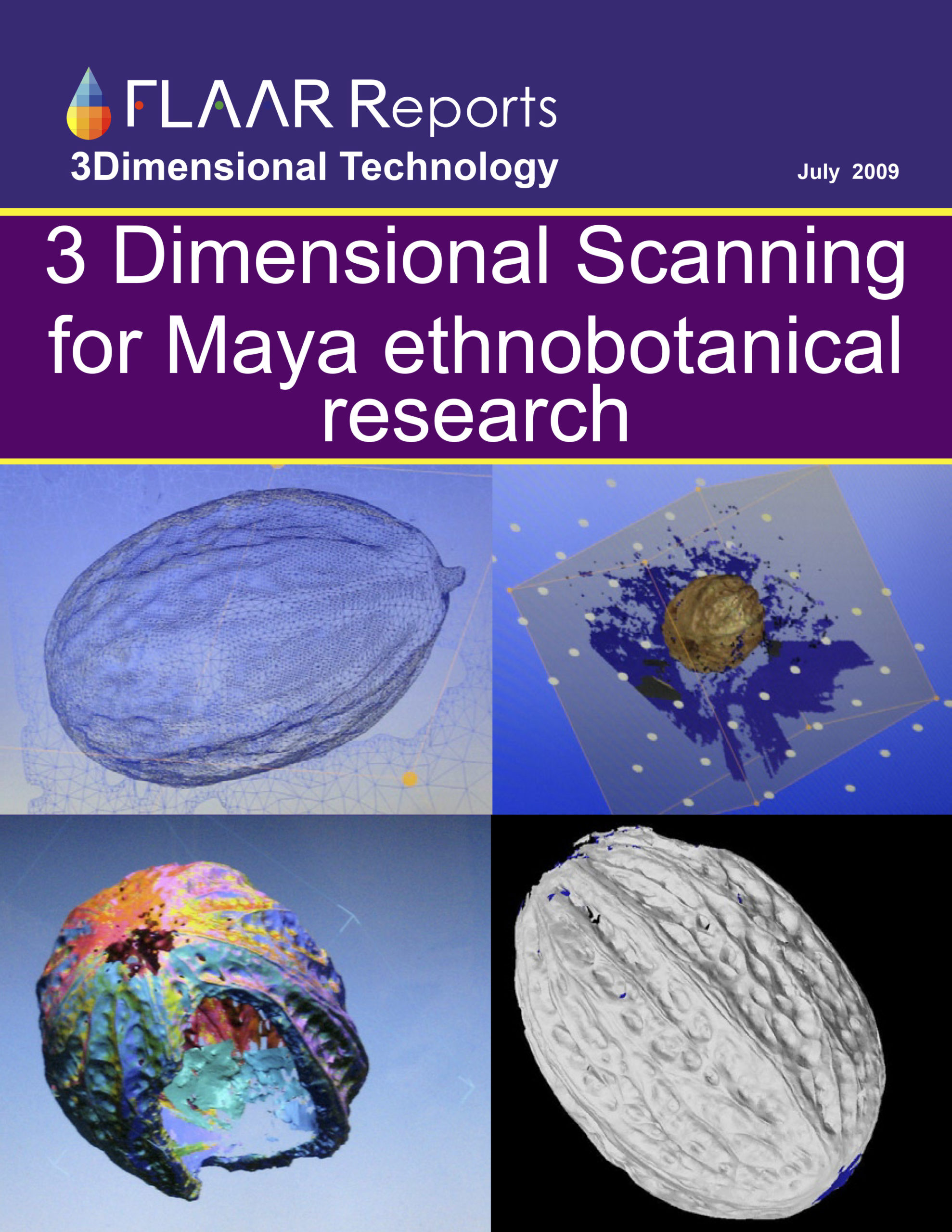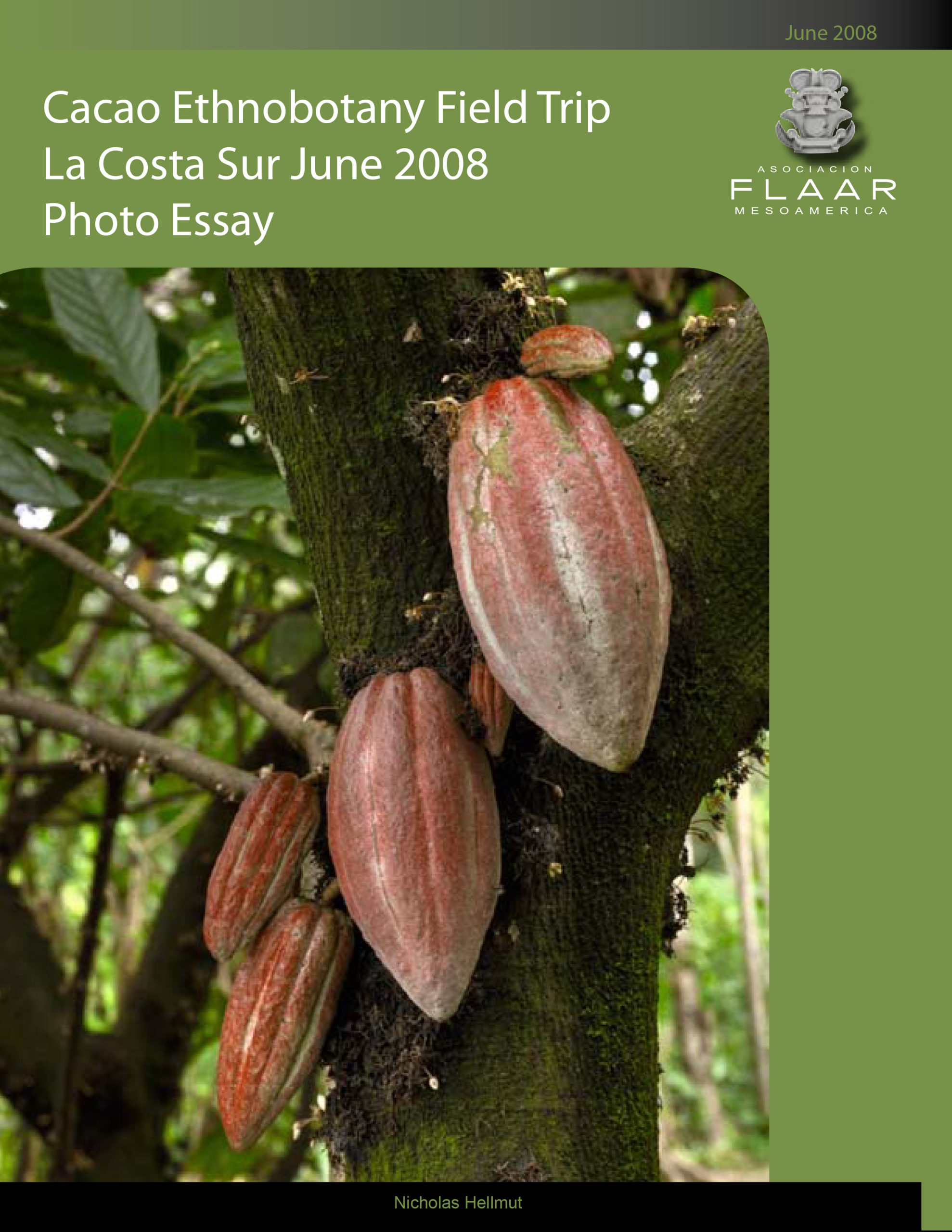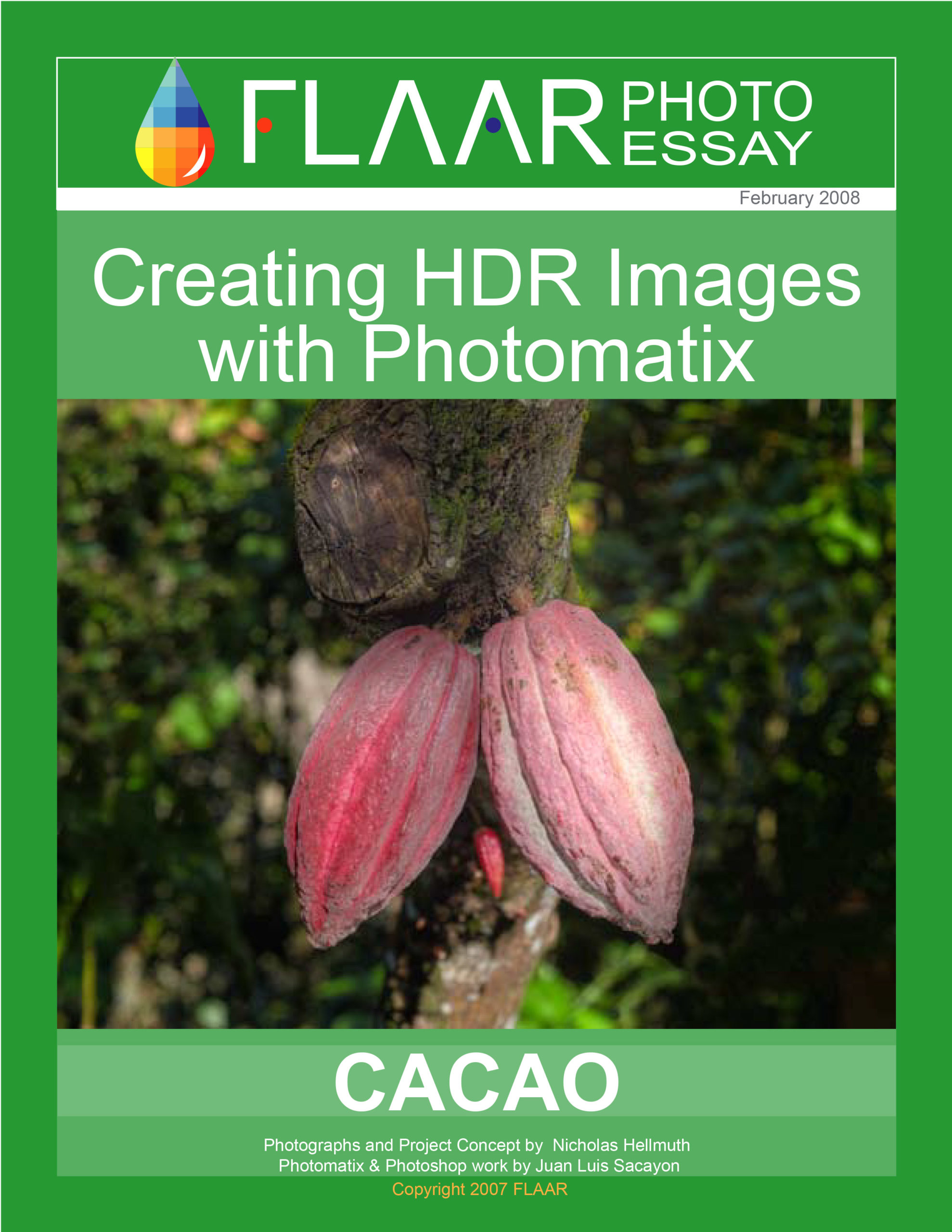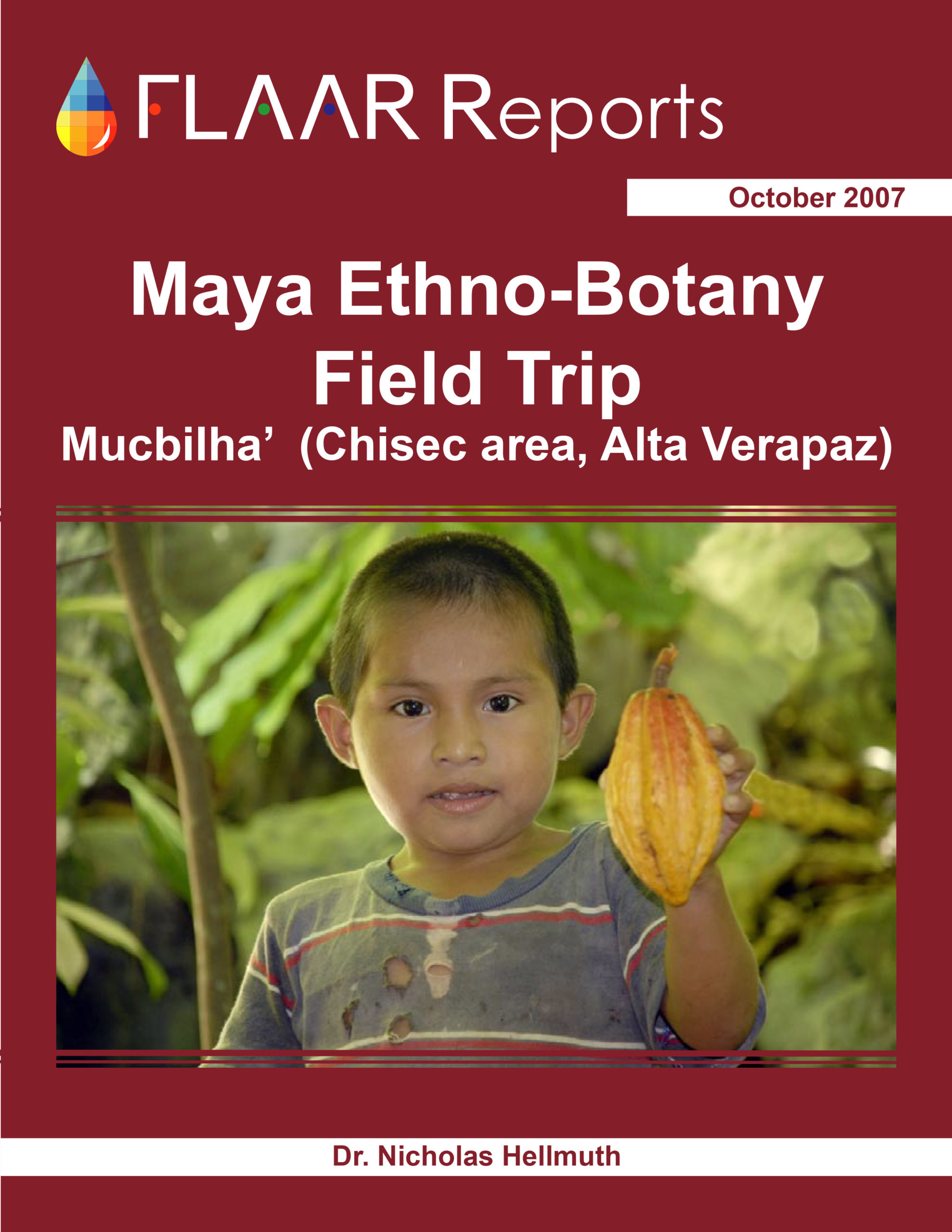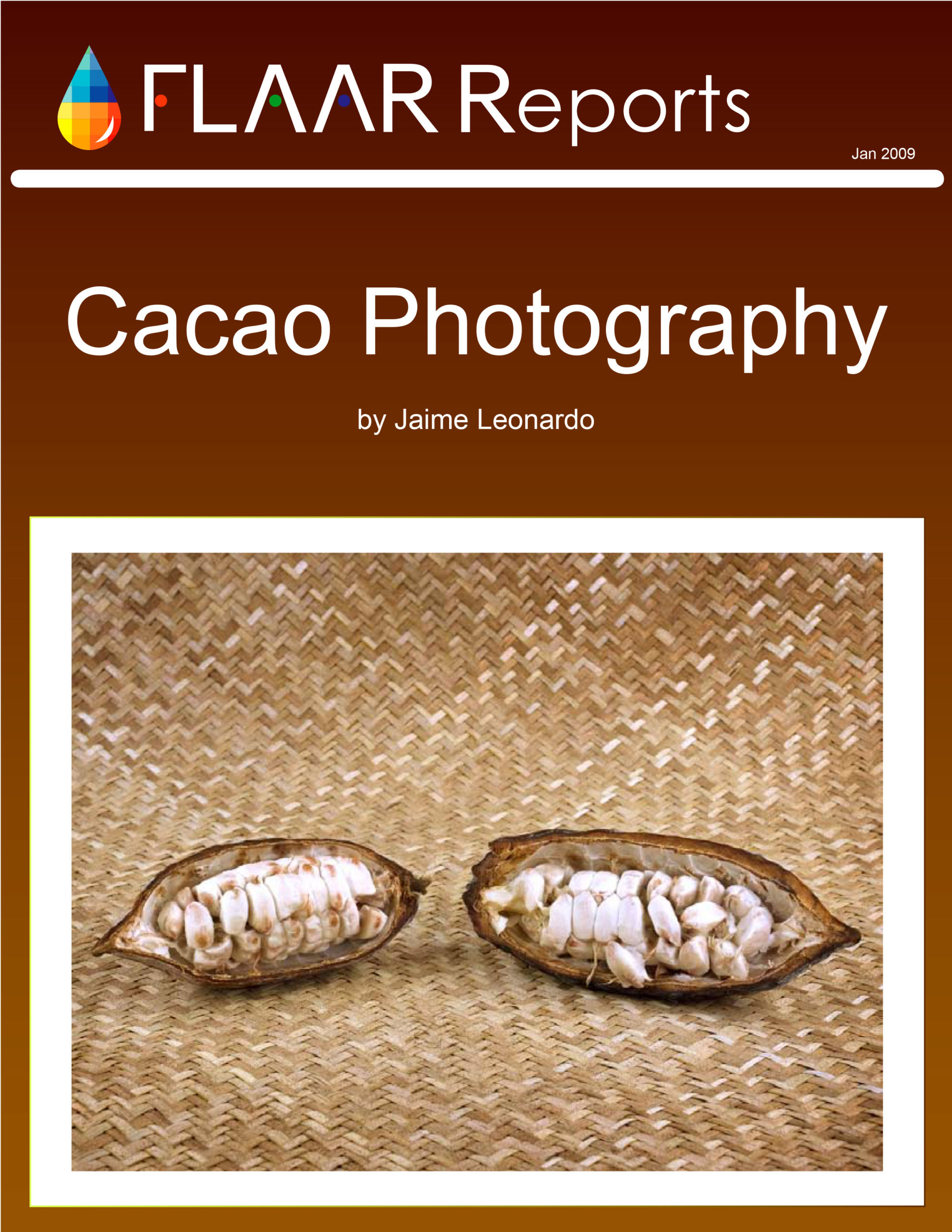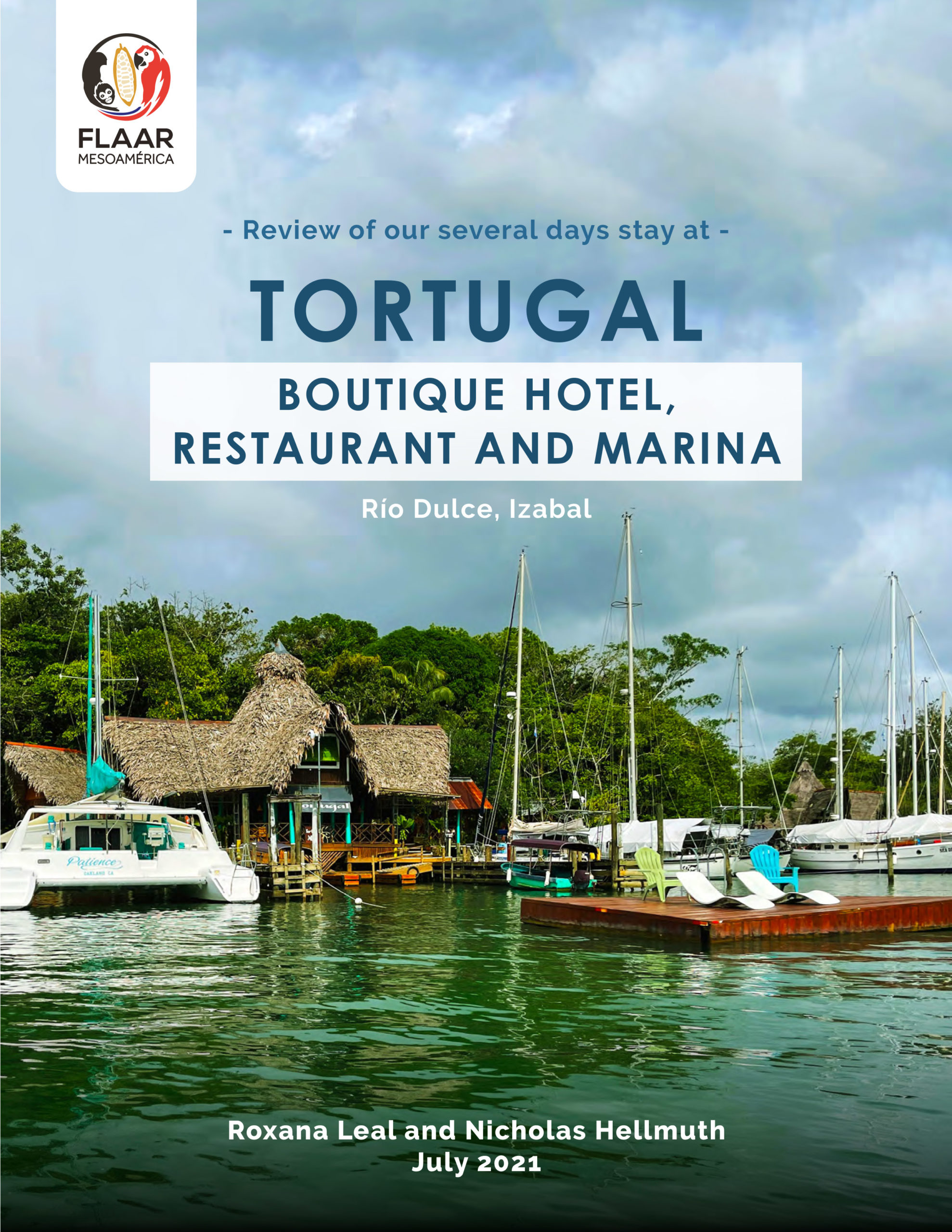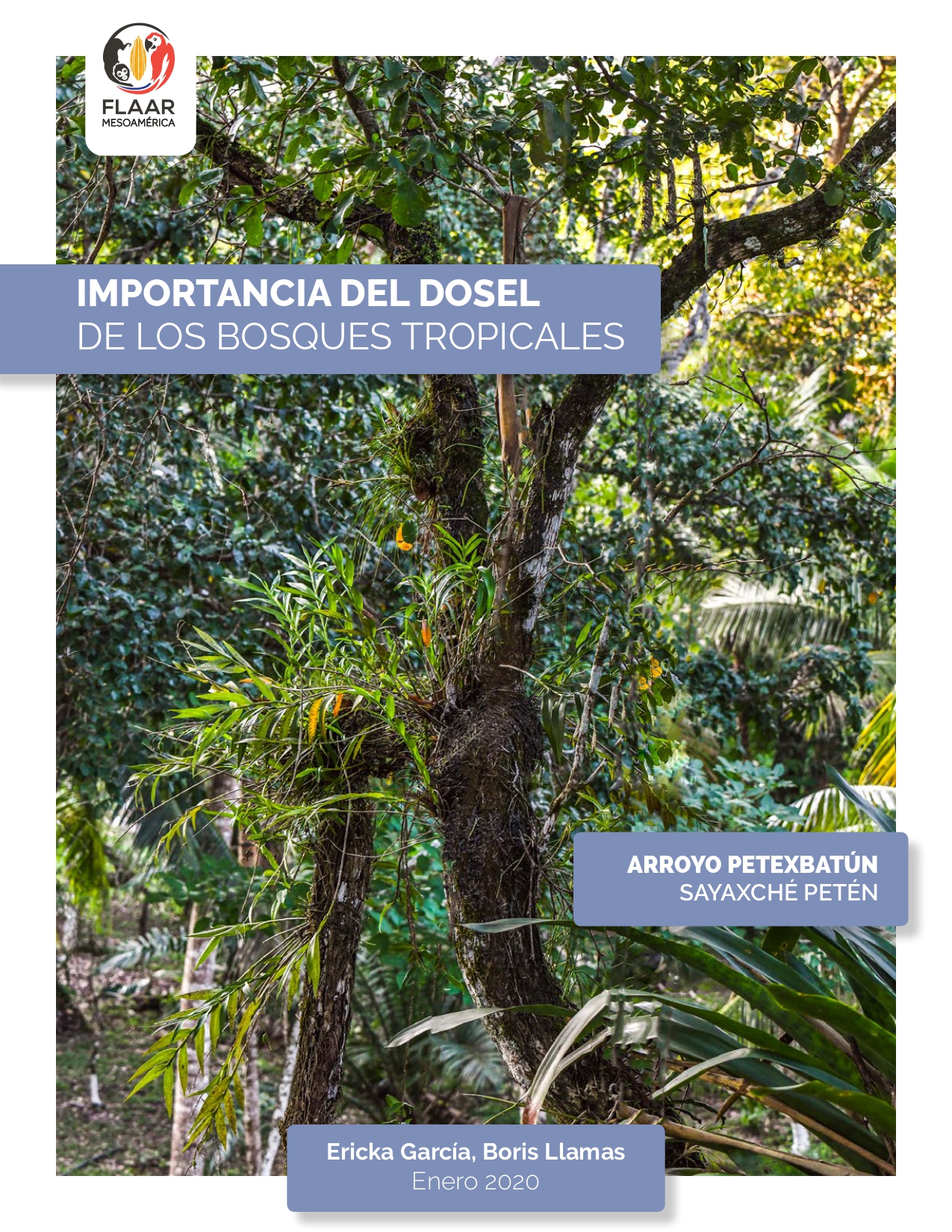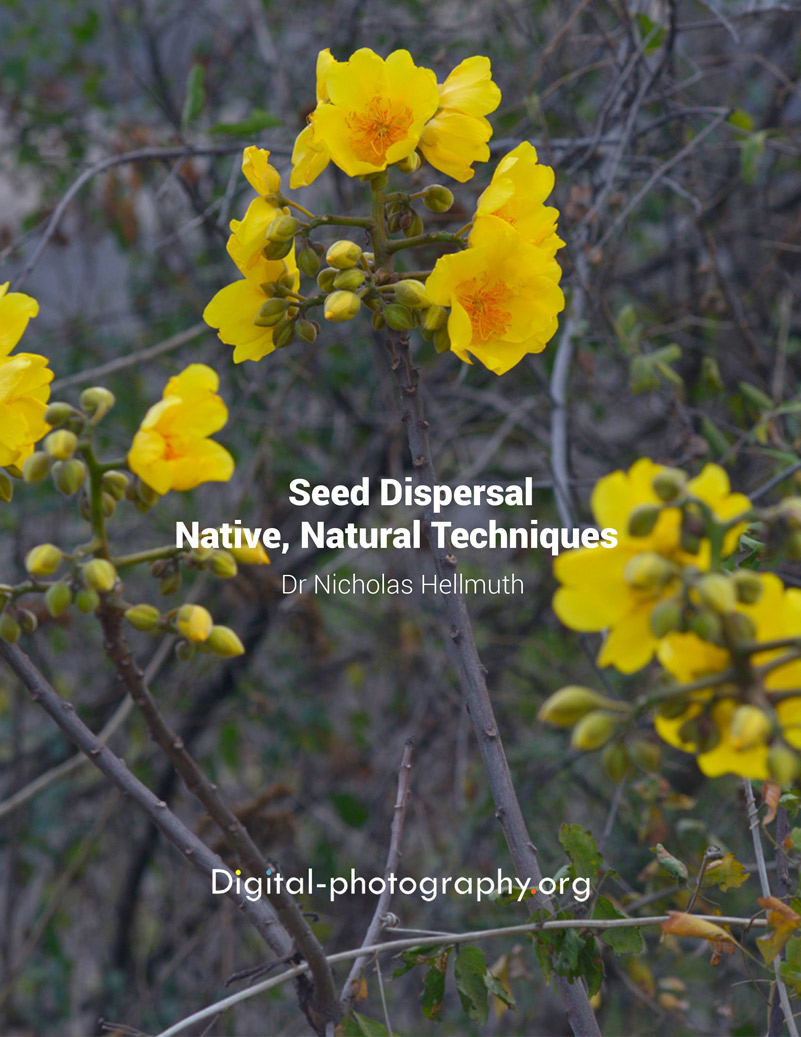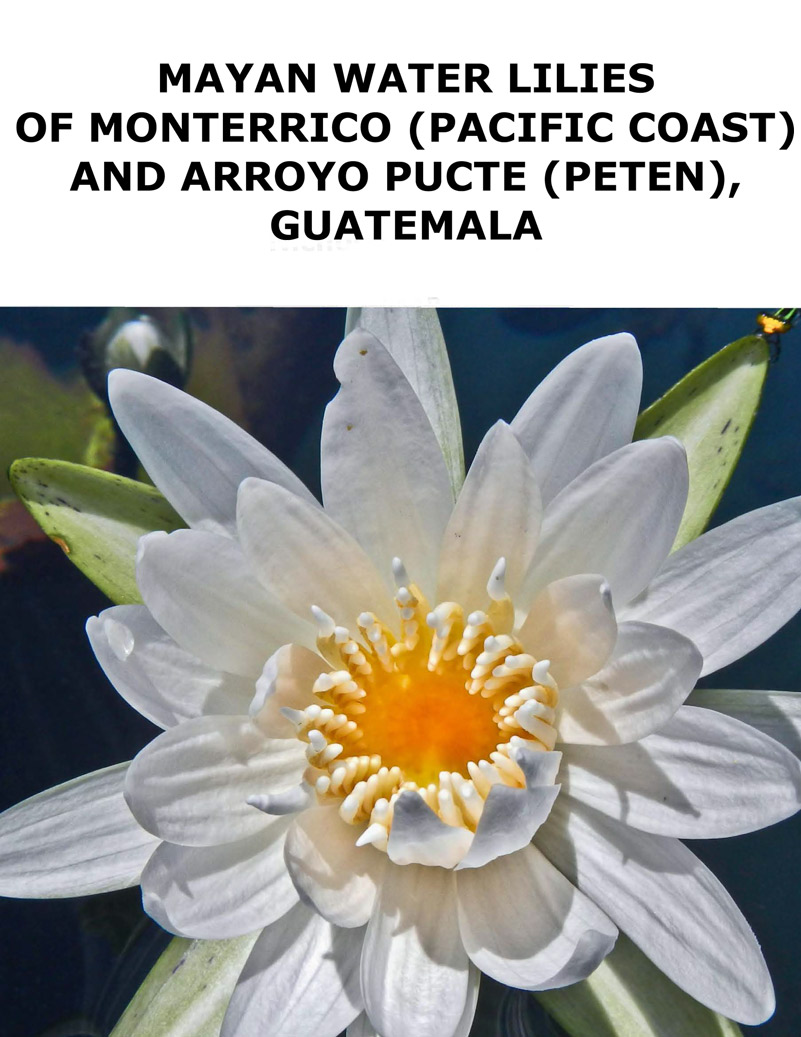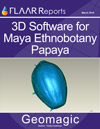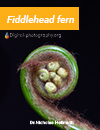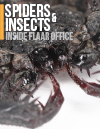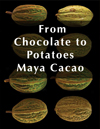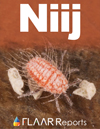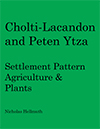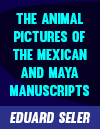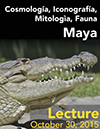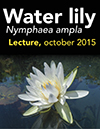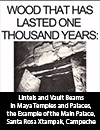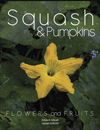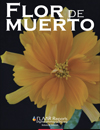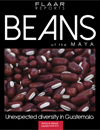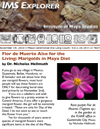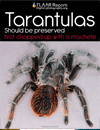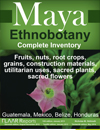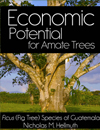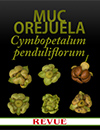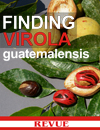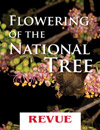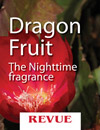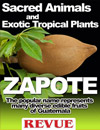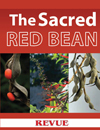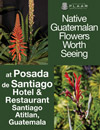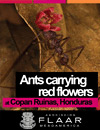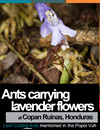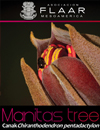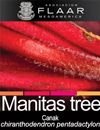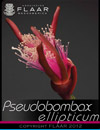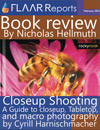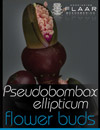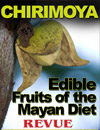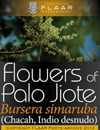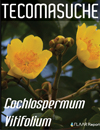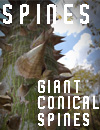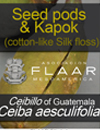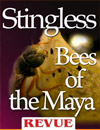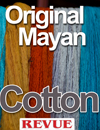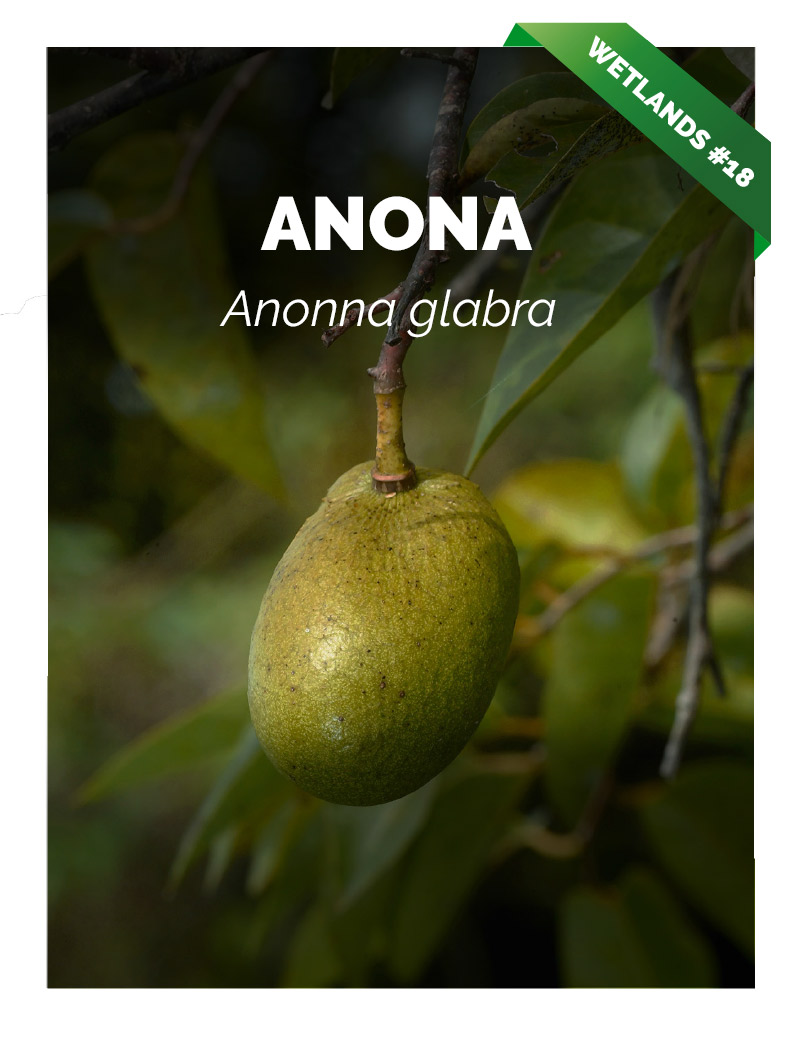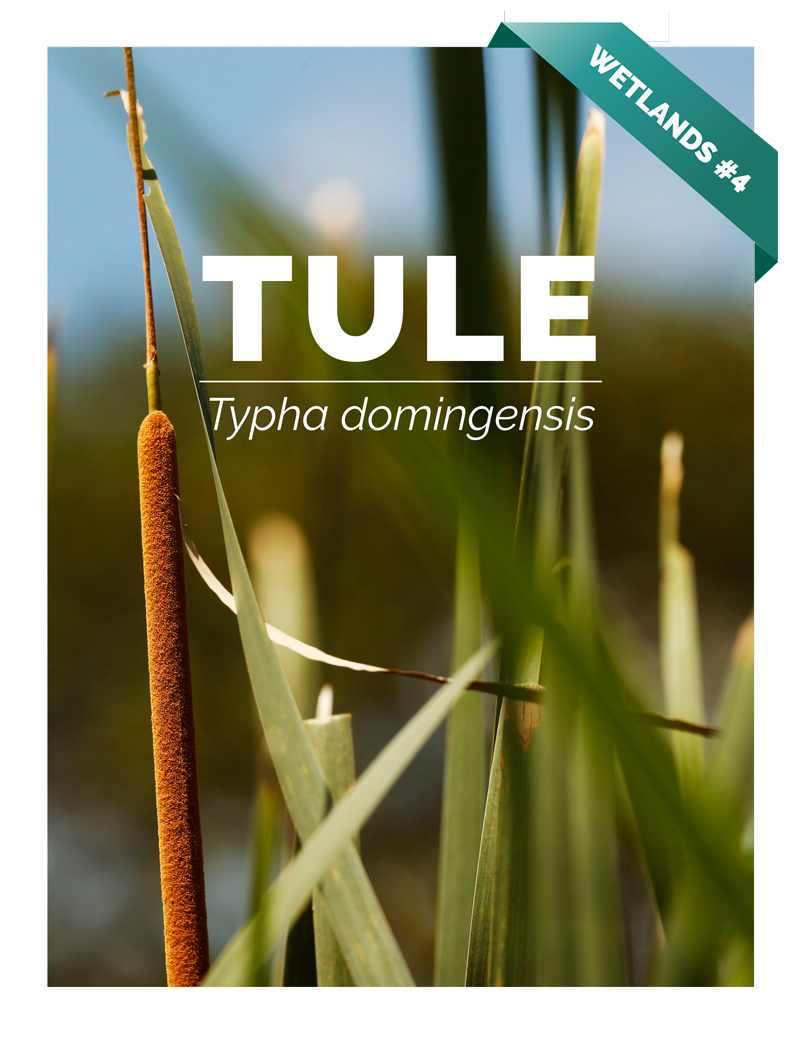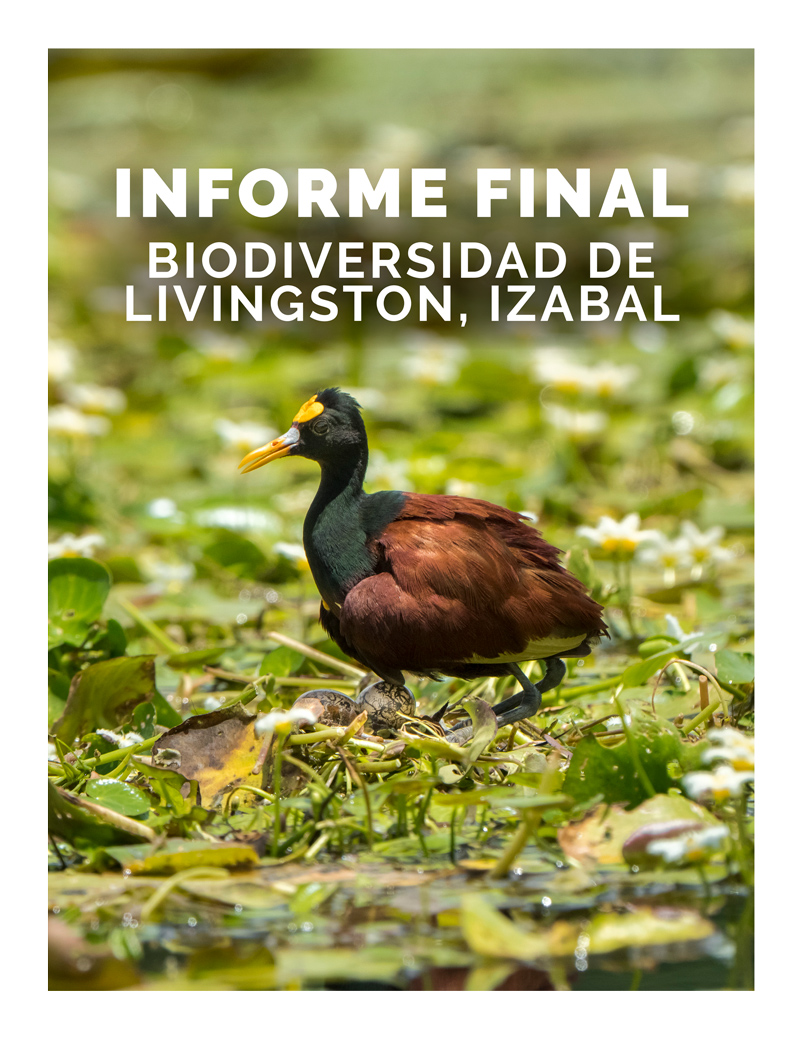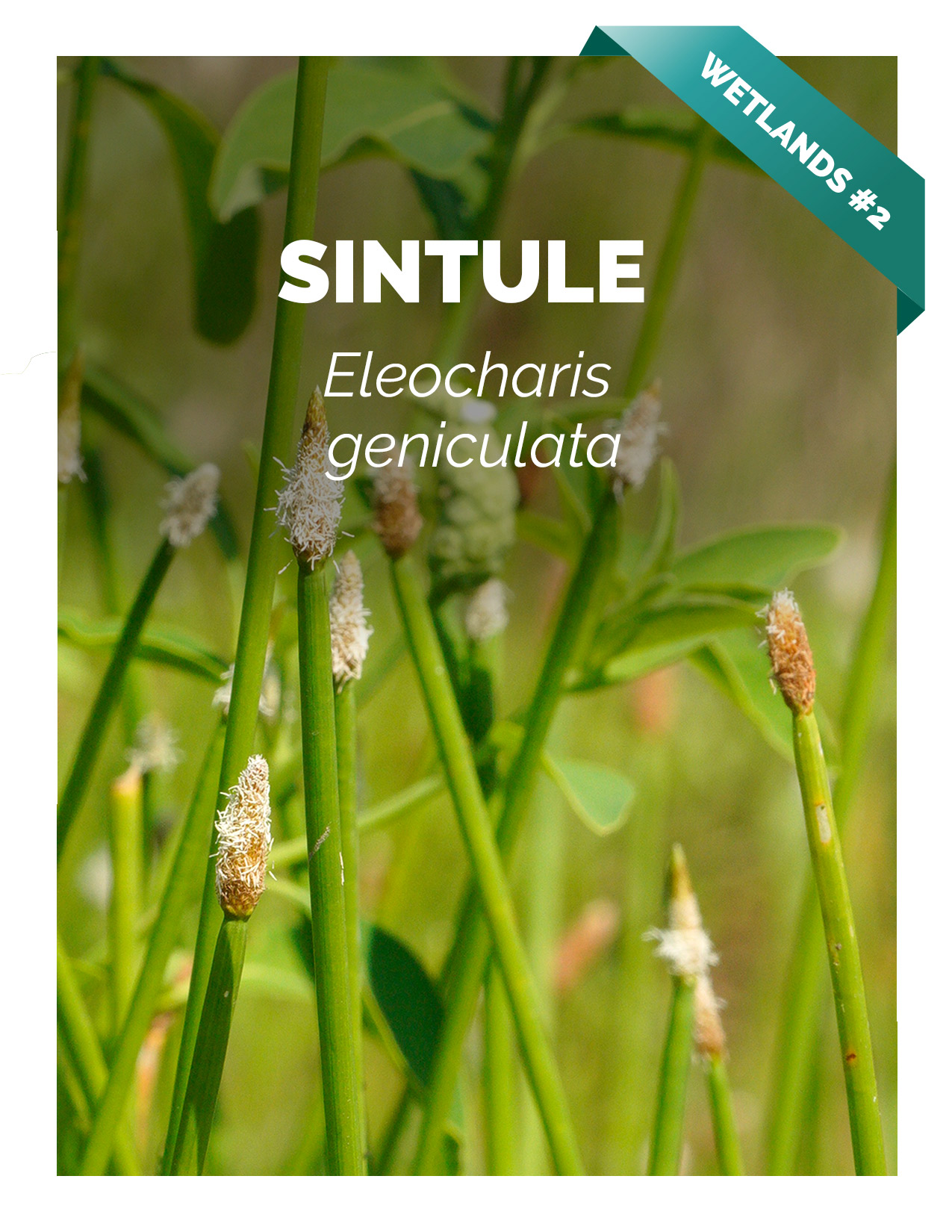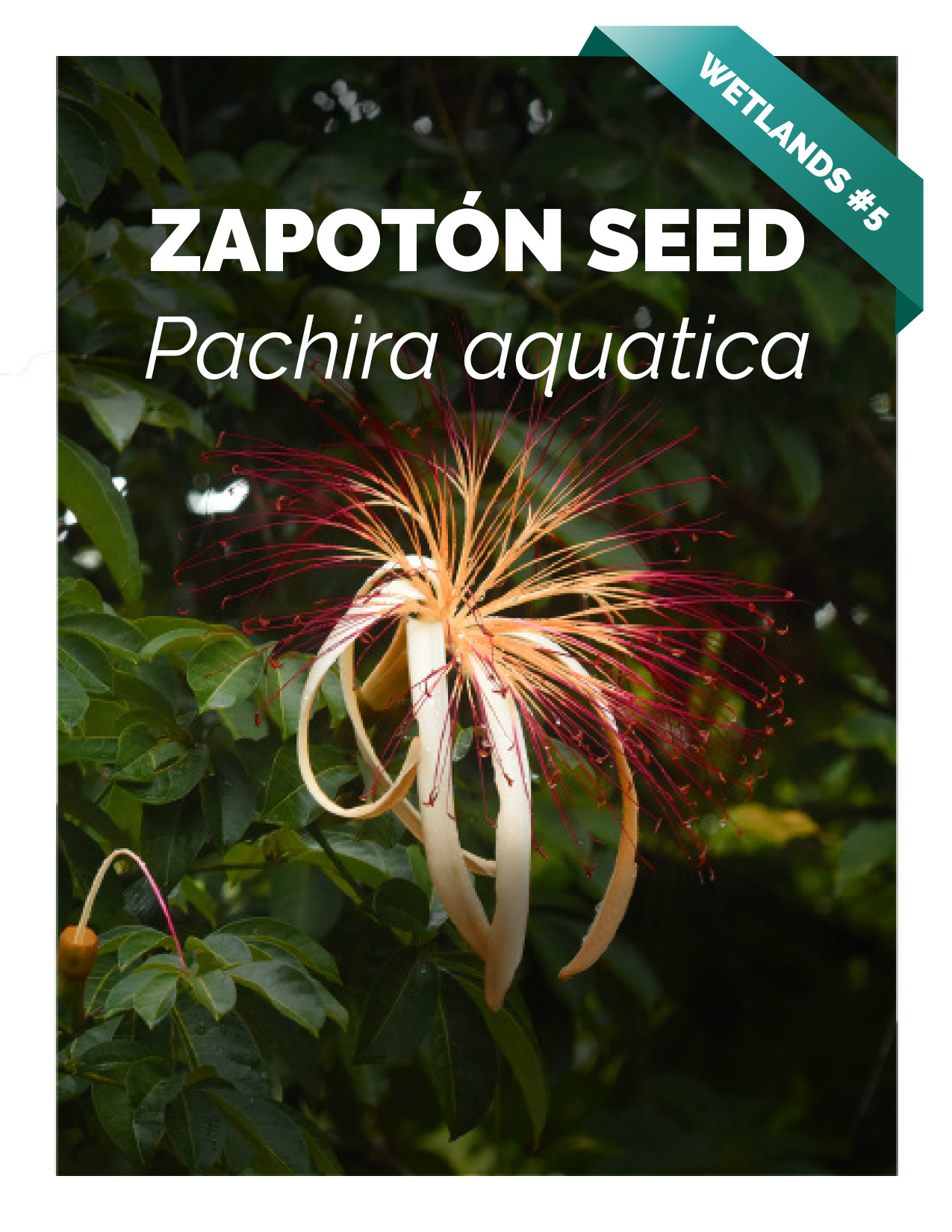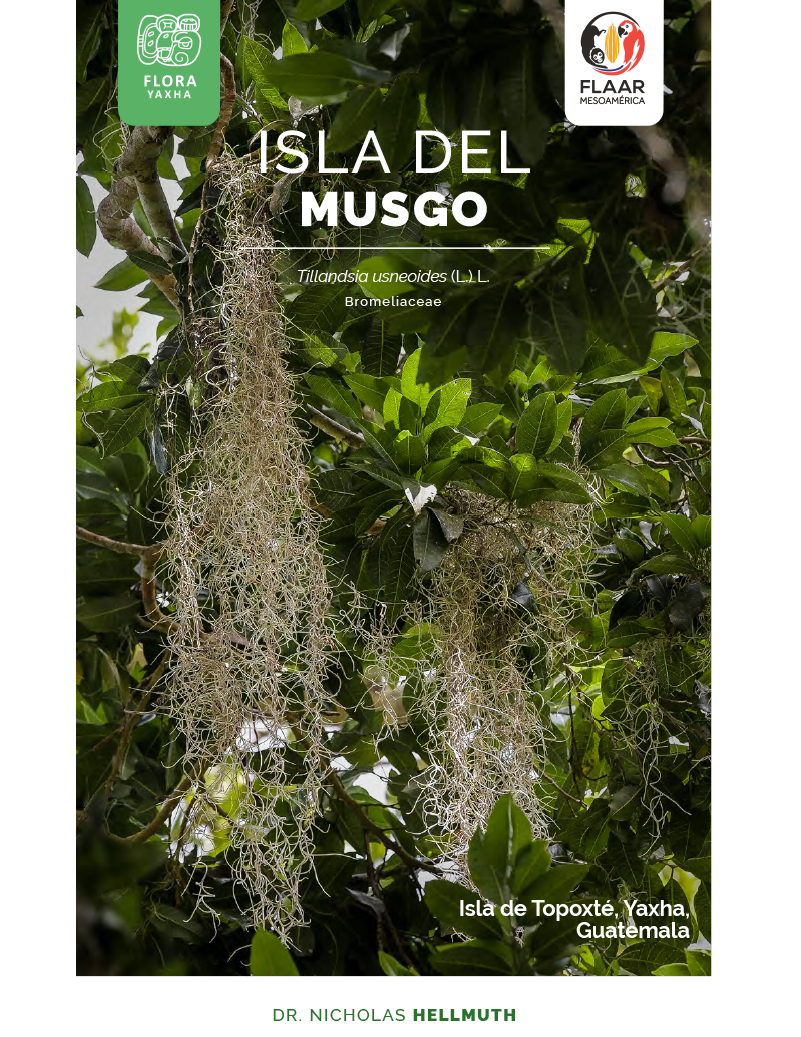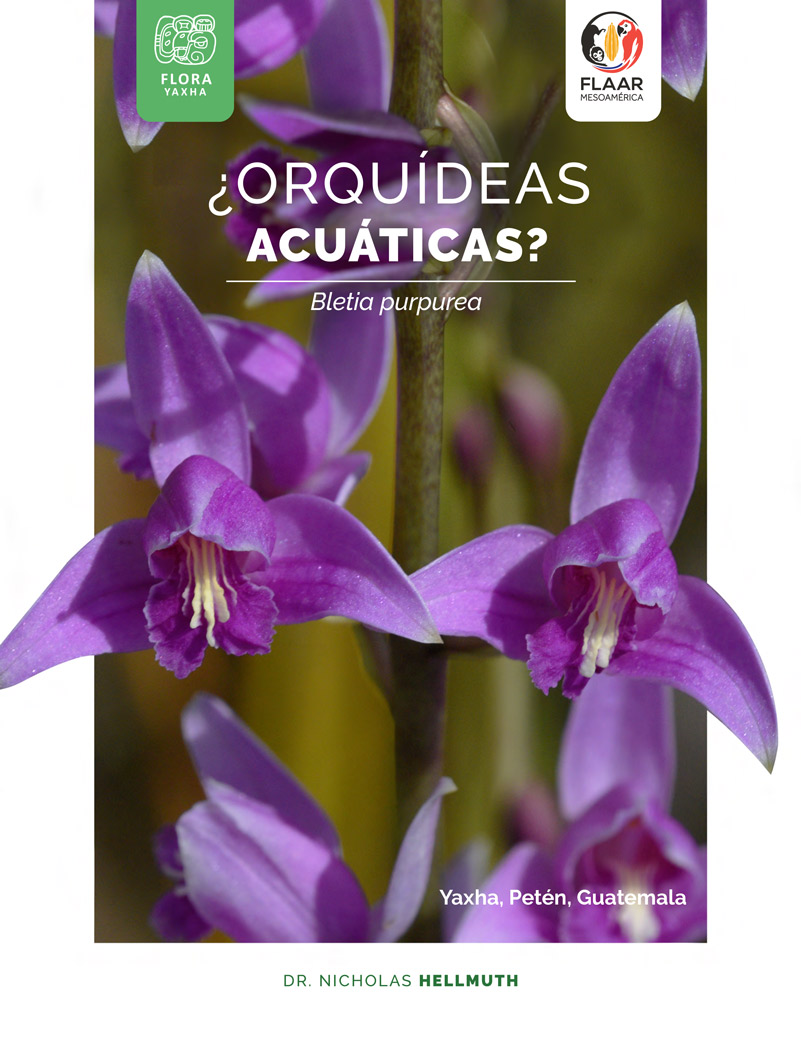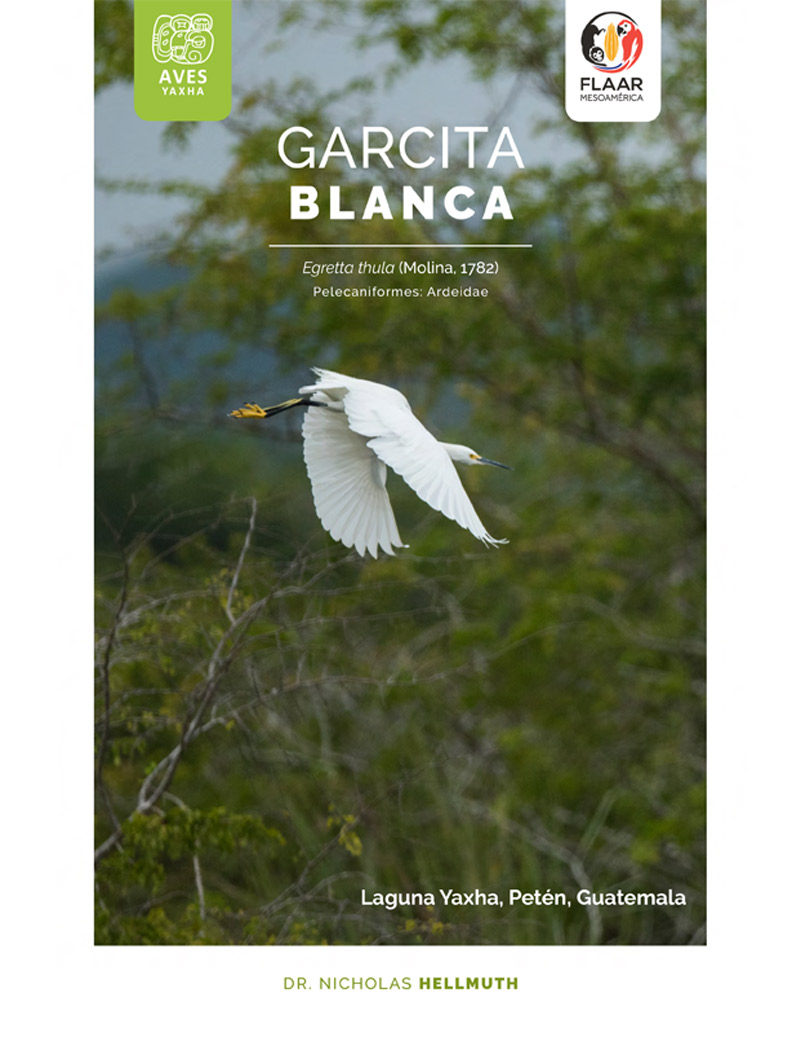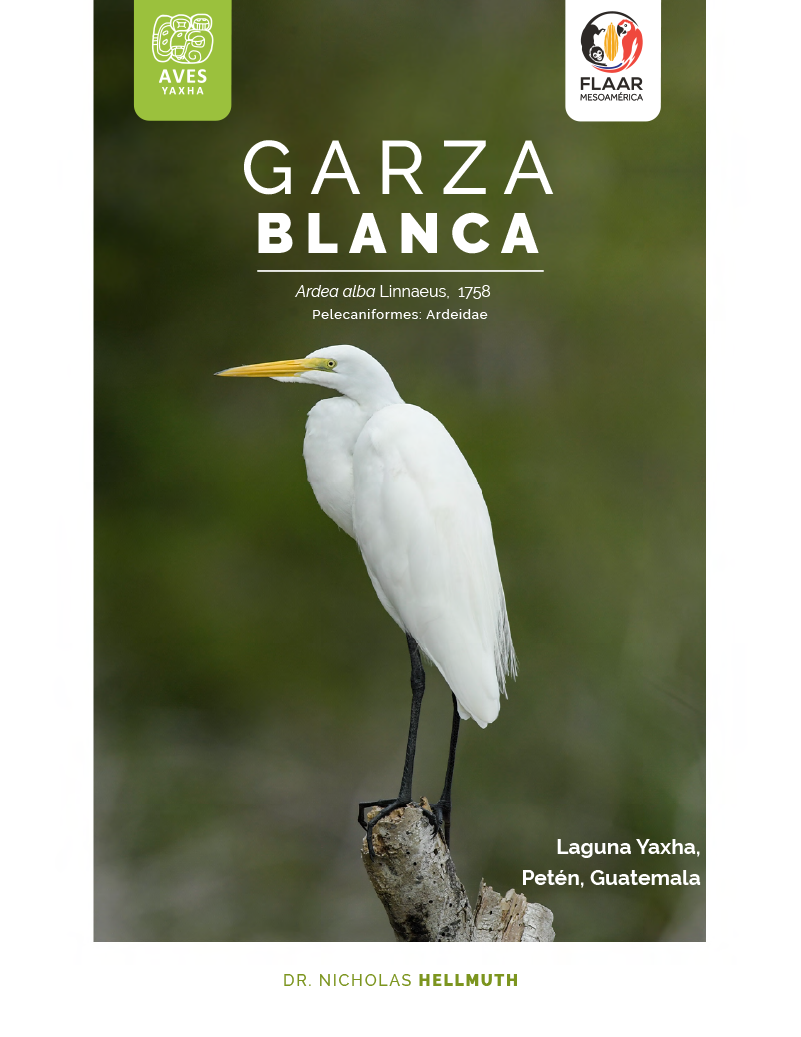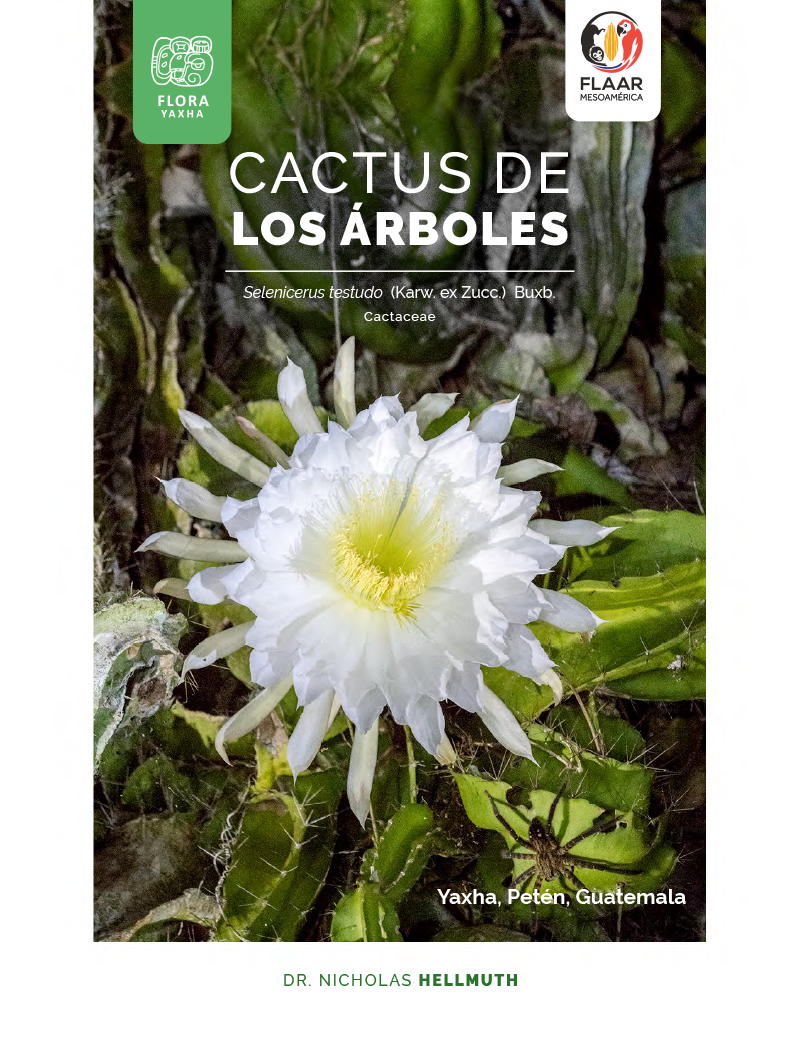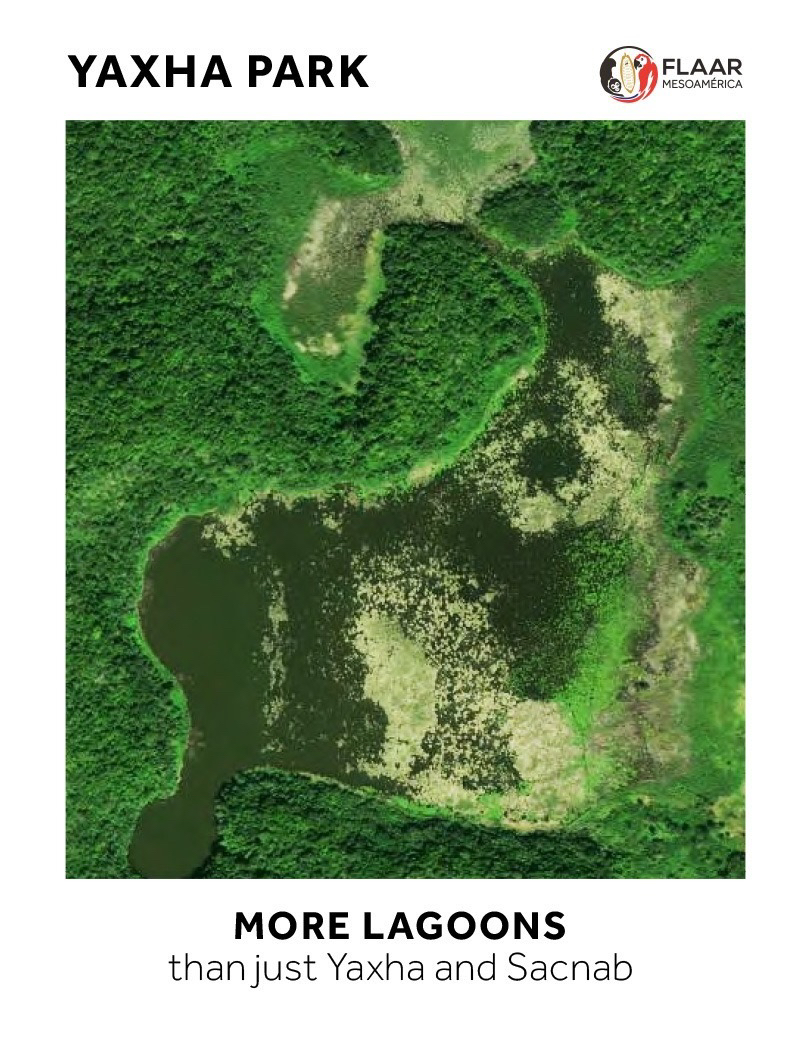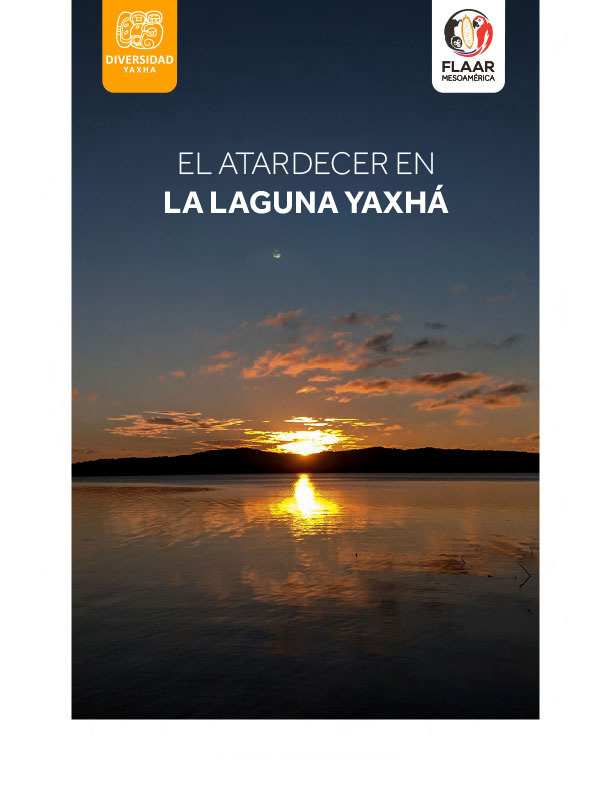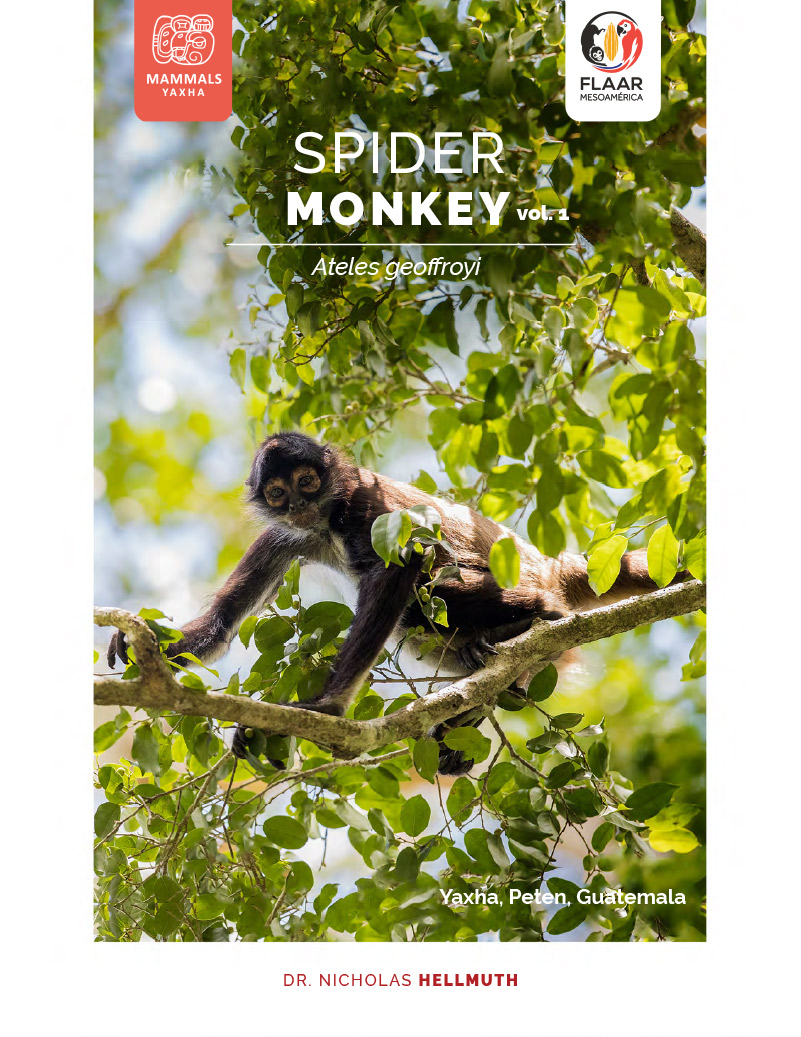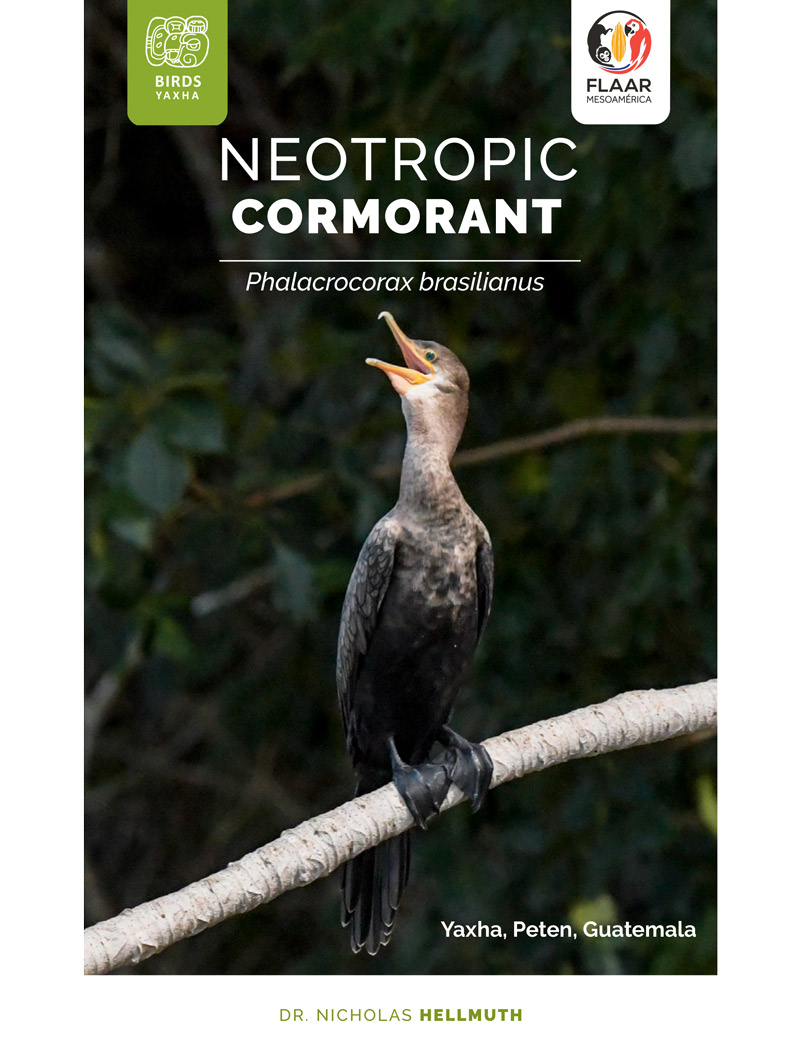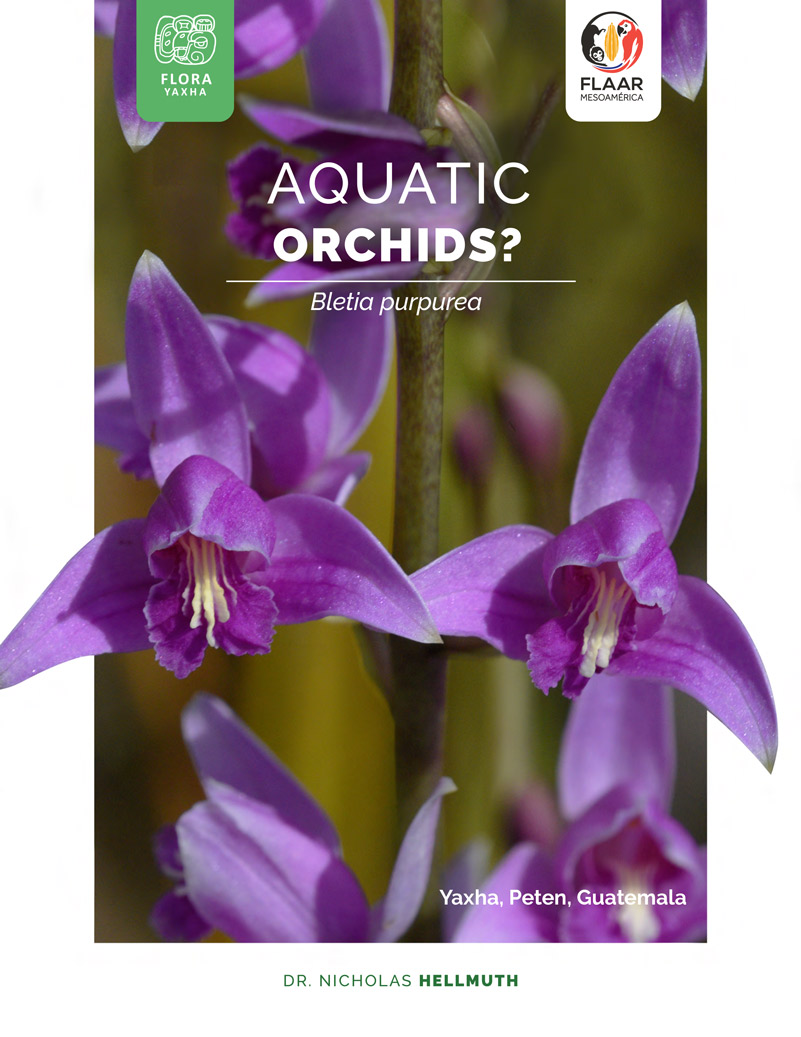You can find a helpful annotated bibliography on palm trees specifically used for thatch on our www.maya-art-books.org which is our main bibliography web site.
Suggested reading list for palm trees of Guatemala
FLAAR (USA) and FLAAR Mesoamerica (Guatemala) do research on all utilitarian plants that were edible or otherwise used by the Mayan people for thousands of years. We then search for each species to help botanists find them more quickly. FLAAR also works to prepare bibliographies for botanists, students, landscape gardeners, home gardeners, and hobbyists.
We then write and illustrate field reports for professors, students, and botanical gardens which use our high-resolution photographs of the plants and flowers.
We also have a team that takes this scientific botanical knowledge and writes storyboards for children’s books and animated educational videos. Our brand for this is Mayan Toons.
So we start with botanical and ethnobotanical research. When funding allows it, we work to find what eco-system supports the plants we are studying. All this requires having a good bibliography. Three of the FLAAR team work on preparing these bibliographies: Marcella Sarti, Cristian Garcia, and Nicholas Hellmuth.
Once we have these bibliographies we feel it is appropriate to share our work with botanists, botanical park personnel, national park personnel, students, and the millions of people around the world who are interested in learning more about plants.
So here is our list of suggested reading on palm trees (and palm vines and “bushes”). We focus on Guatemala but also are interested in all areas of the Mayan peoples: Chiapas, Tabasco, Quintana Roo, Campeche, Yucatan, Belize, Honduras, and El Salvador.
Bibliography on Palms of Mesoamerica (Mexico, Guatemala, etc)
Here is the initial bibliography on palms of the areas of the Americas occupied by or connected by long-distance trade routes of ancient times of the Olmecs, Maya, Teotihuacanos, Toltecs, Aztecs and their neighbors. This part of the world (occupied and influenced by the Maya and Aztec) is known as Mesoamerica: north-central Mexico down to northern Costa Rica.
There are hundreds of books and thousands of web pages. Our goal is to find the reliable web pages (which are better than copy-and-paste). If you are a botanist at a large university you will have a huge library around you. We (Dr Nicholas and FLAAR) have provided about 5,000+ books to the Museo Popol Vuh on long-term loan and 13,000 books on loan to the La Ruta Maya Foundation. We do this so that more Guatemalan professors and students can have access to the books we have bought over past decades, plus the several people’s libraries that they generously donated to us.
In-house (surrounding the FLAAR teams) we have a pretty good library on plants, animals, fish, insects, reptiles, etc. of Guatemala, Mexico, and Costa Rica. So here are our initial suggestions, both for botanists but also for ethnographers, ethnobotanists, archaeologists, and all those who wish to learn about the eco-systems surrounding the Mayan cities and even more the forests nearer the Mayan people.
PDF, Articles, Books on Palms of Mesoamerica
- 1992
- Sabal mexicana Mart. y Sabal japa Wright. ex Becc. (Palmaceae). Recursos potenciales para la Alimentación Animal. Revista Cubana de Ciencia Agrícola. Vol. 26. No. 317-322.
- 1944
- Revision of the American palmettos. Gent. Herb. Vol.6, No.7. Pages 367-459.
- 1988
- The Palm-Tree of Life: Biology, Utilization and Conservation. Advanced in Economic Botany. New York Botanical Garden, New York. Vol. 6. 282 pages.
Sold Online:
www.amazon.com/Palm-Tree-Life-Utilization-Conservation-Advances/dp/0893273260
- 1990
- Useful Palms of the World: A Synoptic Bibliography. Columbia University Press, New York, 724 pages.
- 2000
- Checklist of the vascular plants of Belize. Mem. New York Bot. Gard. Vol. 85. 246 pages.
Sold Online:
www.amazon.com/Checklist-Vascular-Plants-Belize-Botanical/dp/0893274402
- 1992
- The Maya Homegardens of the Yucatan Peninsula: Past, Present and Future. Etnoecológica Vol. 1, No. 1. Pages 35-54.
Available Online:
www.academia.edu/2998203/Maya_homegardens_past_present_and_future
- 1993
- El caso del uso y manejo de la palma de guano (Sabal spp.) entre los mayas de Yucatán. En: Leff, E.y J. Carabias (eds). Cultura y Manejo Sustentable de los Recursos Naturales. México. CII-UNAM y Grupo Editorial Miguel Angel Porrua, México. Pages 203-248.
- 1994
- Use and Management of Sabal Palms among the Maya of Yucatan. Ph.D., University of California, Berkeley, USA, 186 pages.
Available Online:
www.researchgate.net/publication/34800492_Use_and_management_of_
Sabal_palms_among_the_Maya_of_Yucatan
- 2000
- Sostenibilidad del uso y manejo tradicional de la palma de guano (Sabal spp, Arecaceae) en el área maya de Yucatán. Universidad Nacional Autónoma de México. Instituto de Biología. Informe final SNIB-CONABIO proyecto No. M111. México D. F.
Available Online:
www.gbif.org/dataset/fe36fbfa-282a-42ea-abb2-e9995dfa7337
- 2001
- El uso y manejo tradicional de la palma de guano en el área maya de Yucatán. CONABIO. Biodiversitas. No. 39. Pages 1-6.
Available Online:
www.biodiversidad.gob.mx/Biodiversitas/Articulos/biodiv39art1.pdf
- 2004
- El uso de la palma de guano (Sabal spp.) en la industria turística de Quintana Roo, México. Capítulo 19. Pages 359-379.
Available Online:
www.uv.mx/ethnobotany/caballero_files/Caballero%20etal2004%20
CIFOR.pdf
- 2009
- Plantas comestibles de Centroamérica. Instituto Nacional de Biodiversidad. Costa Rica. Pages 75-86.
Available Online:
www.museocostarica.go.cr/descargas/PlantasComestiblesCA-VE.pdf
- 1999
- A new Bactris (Palmae) from Central America. Brittonia. Vol. 51, No. 1. Pages 77-78.
Sold Online:
https://link.springer.com/article/10.2307%2F2666561
- 2005
- A New Phylogenetic Classification of the Palm Family, Arecaceae. Kew Bulletin. Vol. 60, No. 4. Pages 559–69.
Available Online:
www.researchgate.net/publication/215898364_A_new_phylogenetic_
classification_of_the_palm_family_Arecaceae
- 2017
- Contribución al conocimiento ecológico y florístico de un palmar dominado por Sabal mexicana Mart. Al sur del Estado de Veracruz, México. Polibotánica. No. 44. Pages 51-66.
Available Online:
www.researchgate.net/publication/319228770_CONTRIBUCION_
AL_CONOCIMIENTO_ECOLOGICO_Y_FLORISTICO_DE_
UN_PALMAR_DOMINADO_POR_Sabal_mexicana_Mart_AL_
SUR_DEL_ESTADO_DE_VERACRUZ_MEXICO_CONTRIBUTION
_TO_THE_ECOLOGICAL_AND_FLORISTIC_KNOWLEDGE_OF
_THE_PAM
- 2013
- Peach palm (Bactris gasipaes) in tropical Latin America: implications for biodiversity conservation, natural resource management and human nutrition. Biodivers. Conserv. Vol. 2013, No. 22. Pages 269-300.
Available Online:
www.researchgate.net/publication/257538265_Peach_palm_Bactris_gasipaes_in_tropical_Latin_America_Implications_for_biodiversity_conservation_natural_resource_management_and_human_nutrition
- 2006
- Estudio preliminar de la diversidad genética en procedencias de Sabal mexicana de Nicaragua aplicando marcadores moleculares. Encuentro. No. 75. Pages 69-78.
Available Online:
www.uca.edu.ni/2/images/Revista-Encuentro/Revistas/e75/art-6.pdf
- 1997
- Field guide to the palms of the Americas. Princeton University Press. 363 pages.
Sold Online:
www.amazon.com/Field-Guide-Americas-Princeton-Paperbacks/dp/0691016003
Palms of the Americas is an essential book, but, as typical of books on Plant XYZ of the World, the authors are from USA and South America: so plenty on South America and in general, but clearly Guatemala was neither their focus nor their area of expertise. But at least they do list all the palms (that they knew of in 1995) for each country: Belize has 38 (a lot for its size). Guatemala has 60 species since it’s size is larger than Belize and Guatemala has more diversity of altitude and eco-systems. Mexico of course has more diversity of eco-systems than Guatemala, plus is significantly larger: so Mexico has lots more species. Yet Panama has more than Belize, Guatemala and Mexico put together. Peru has even more than Panama.
But this book is over three decades in the past. Fresh botanical field work on palms would be helpful. Plus, most discussions of palm trees need more information on local use.
- 2000
- Bactris (Palmae). Flora Neotropica. Vol. 79. 181 pages.
Available Online:
www.jstor.org/stable/pdf/4393893.pdf?seq=1#page_scan_tab_contents
- n.d.
- Aprovechamiento del huano: un producto forestal no maderable. Gestión de los recursos naturales. Capítulo 9, Parte 4.
Available Online:
www.seduma.yucatan.gob.mx/biodiversidad-yucatan/05Parte4_Gestion_Rec_Nat/Capitulo9/08Aprovechamiento_huano.pdf
- 1995
- Historical evidence of the native presence of Sabal mexicana (Palmae) north of the lower Rio Grande Valley. SIDA Contributions to Botany. Vol. 16, No. 4. Pages 711-719.
Sold Online:
www.jstor.org/stable/pdf/41967184.pdf?seq=1#page_scan_tab_contents
- 1938
- Plants probably utilized by the Old Empire Maya of Petén and adjacent Lowlands. Papers of the Michigan Academy of Sciences, Arts, and Letters. Vol. 24. Pages 37-56.
- 2015
- Stem anatomy in the spiny American palm Bactris (Arecaceae-Bactridinae). Hoehnea. Vol. 42, No. 3. Pages 567-579.
Available Online:
www.scielo.br/pdf/hoehnea/v42n3/0073-2877-hoehnea-42-03-0567.pdf
- 2001
- Sustainability of the traditional management of xa’an palms (Sabal spp., Arecaceae) by the lowland Maya of Yucatan, México. Proceedings of the VII International Congress of Ethnobiology. University of Georgia Press, Athens.
Available Online:
www.uv.mx/ethnobotany/caballero_files/martinez%20etal%202002%20sabal.pdf
- 2006
- Dinámica Poblacional y Sostenibilidad de las Formas Tradicionales de Manejo de la Palma de Guano (Sabal spp. Arecaceae) en el Área Maya de la Península de Yucatán. Ph.D., Universidad Nacional Autónoma de México, México D.F. 94 pages.
Available Online:
www.conabio.gob.mx/institucion/proyectos/resultados/InfM111.pdf
- 2006
- Cultural or Ecological Sustainability? The Effect of Cultural Change on Sabal Palm Management Among the Lowland Maya of Mexico. Ecology and Society. Vol.11, No. 2. Page 27.
Available Online:
www.uv.mx/ethnobotany/caballero_files/Martinez,%20Martorell%20%
26%20Caballero%202006.pdf
- 2008
- The effect of Maya traditional harvesting on the leaf production, and demographic parameters of Sabal palm in the Yucatan Peninsula, Mexico. Forest Ecology and Management. Elsevier.
Available Online:
www.academia.edu/7461929/The_effect_of_Maya_traditional_
harvesting_on_the_leaf_production_and_demographic_parameters_of
_Sabal_palm_in_the_Yucat%C3%A1n_Peninsula_Mexico
Note: They list, among others, xa’an palm (Sabal yapa and Sabal mexicana)
- 1996
- Prehistoric Maya use of native Palms: Archaeobotanical and Ethnobotanical Evidence. In The Managed Mosaic: Ancient Maya Agriculture and Resource Use. Edited by S. L. Fedick. Pages 278-294.
Available Online:
www.academia.edu/4766186/Prehistoric_Maya_Use_of_Native_
Palms_Archaeobotanical_and_Ethnobotanical_Evidence
- 1999
- Distribución y usos de la palma de escoba (Sabal guatemalensis Beccari) en el Municipio de Guastatoya, El Progreso. Universidad de San Carlos de Guatemala. 54 pages.
Available Online:
http://biblioteca.usac.edu.gt/tesis/01/01_2364.pdf
- 2008
- La palma de guano en la Península de Yucatán. Uso y manejo de recursos naturales. En Riqueza Biológica del Estado de Quintana Roo: un Análisis para su Conservación. Pages 157-160.
Available Online:
www.researchgate.net/publication/261553628_La_Palma_de_
Guano_en_la_Peninsula_de_Yucatan
- 1991
- Sabal gretheriae, A new species of palms from the Yucatan Peninsula, México. Principes., Vol. 35, No. 4. Pages 219-224.
Available Online:
http://media.e-taxonomy.eu/palmae/protologe/palm_tc_181032_P.pdf
- 1992
- Las Palmas Silvestres de la Península de Yucatán. Instituto de Biología, Universidad Nacional Autónoma de México, Publicaciones especiales No. 63 pages.
Available Online:
www.amazon.com/silvestres-Pe%CC%81ninsula-Publicaciones-especiales-Instituto/dp/9683627382
- 2004
- Flora del bajío y de regiones adyacentes: Palmae. Universidad Nacional Autónoma de México. Fascículo 129. 29 pages.
Available Online:
www1.inecol.edu.mx/publicaciones/resumeness/FLOBA/Palmae129.pdf
- 2008
- Trees of Guatemala. The Tree Press. 1033 pages.
Sold Online:
www.amazon.com/Trees-Guatemala-Tracey-Parker/dp/
0971873909/ref=sr_1_2?s=books&ie=UTF8&qid=
1529695477&sr=1-2&keywords=trees+of+guatemala
Note: If all you have space for is one book on trees of Guatemala, this is definitely the one book you should consider. She takes everything written in multiple aging volumes by Standley, Steyermark, Record, and their team and copies-and-pastes it into a single volume. She of course adds newer information from other sources. But I estimate 90% is copy-and-paste and less than 10% is her going on field trips to see each tree face-to-face (though surely she worked in a lot of herbarium collections).
But if you need fresh info on any one species, best to consult the botanists at UVG, USAC, and at the major national parks of Guatemala.
- 2010
- Bactris major along the Pacific Coast of Mexico. PALMS. Vol. 54, No. 4. Pages 197-2000.
Available Online:
www.palms.org/palmsjournal/2010/v54n4p197-200.pdf
- 1958
- Flora of Guatemala. Chicago Natural History Museum. Vol. 24, Part I.
Available Online:
https://archive.org/stream/floraofguatemala1fistan#page/n9/mode/2up
- 1938
- Modern Maya Houses. Carnegie Institution of Washington (CIW). 181 pages, 31 plates.
Note: Features primarily corozo and guano palms as source of roof thatch. But also mentions that in areas outside the well-studied Mayan areas of Yucatan, Campeche, Quintana Roo and Central Petén, that Wauchope also lists cabbage palm, and chiapai or chichon (p. 106). Plus, cumumxan (a Q’eqchi’ Mayan word, spelled K’ekchi’ in the 1930’s-1960’s). Of course grass and heliconia leaves are also listed as thatch (though Wauchope himself did not work in areas where he could see and learn about heliconia leafed roof thatch).
Senaida Ba, one of our Q’eqchi’ Mayan assistants, suggests that cumumxan could be kumum, spiny palm to make brooms, Sabal species.
- 1972
- A Highland Maya People and their Habitat: The Natural History, Demography and Economy of the K’ekchi’. PhD dissertation. Department of Geography and the Graduate School of the University of Oregon.
Available Online:
https://www.researchgate.net/publication/34681148_A_
highland_Maya_people_and_their_habitat_the_natural_
history_demography_and_economy_of_the_K'ekchi
Note: his PhD dissertation was based on San Pedro Carchá, a suburb of Cobán (so close to the cloud-forest area). So palms of lower elevations (such as Petén) do not grow where he did his excellent research.
- 1990
- A monograph of Sabal (Araceae: Coryphoideae). Aliso. Vol. 12, No. 4. Pages 583-666.
|
If you want to really learn about palms, best to get a 4WD pickup truck, and a driver, and travel the back roads of Guatemala. It definitely helps to have a Q’eqchi’ Mayan speaking person with you, since this is the language spoken in most of the eco-systems where palms are common. Garifuna would be helpful for the Caribbean coastal areas of both Petén, Izabal, and adjacent Belize to the north and Honduras to the south. For the entire Costa Sur area, Spanish is the primary language. |
Suggested webpages with photos and information on Palms of Mesoamerica
www.prensalibre.com/vida/palma-bellos-usos_0_1079892061.html
Cites Ing. Agr. Juan José Castillo, catedrático de la Facultad de Agronomía de la Universidad de San Carlos de Guatemala, that there are 21 genera and 71 species in Guatemala (so more than the 60 species listed decades ago).
www.prensalibre.com/retalhuleu/Artesanos-utilizan-palma-cocotero-elaborar-escobas-Retalhuleu-0-1181881933
Artesanos utilizan palma de cocotero para elaborar escobas, by Rolando Miranda. A large size photo is very helpful to show the local people making brooms. Unfortunately the cocotero palm cited is not given any genus or species name in the article.
http://publirutagt.com/blog/las-escobas-azulco-una-tradicion-traspasa-generaciones/
Four nice photos of making brooms, but from “palma real.” When I lived in the Tikal national park for 12 months (at age 19), all the helpful people that assisted me (as a student intern in archaeology), showed me the “escoba palm.” Same during the five years I worked at Yaxha: always brooms were made from the spiny escoba palm.
http://fieldguides.fieldmuseum.org/sites/default/files/rapid-color-guides-pdfs/404_1.pdf
Excellent, fully illustrated, with info, on all palms of Belize except Chamaedorea which are in another web page
www.backyardnature.net/mexnat/sabal.htm
Information and photos of S. mexicana
www.tropicos.org/Name/2400612?projectid=7&langid=66
Information and photos of S. mexicana
www.palmerasyjardines.com/index.php/es/palmeras/guia-especies/details/28/64 sabal-mexicana
Information and photos of S. mexicana
www.gbif.org/species/2732503
Map location of S. mexicana
www.theplantlist.org/browse/A/Arecaceae/Bactris/
Species of the genus Bactris.
http://tropical.theferns.info/viewtropical.php?id=Bactris+guineensis
Information and photos of B. guineensis
https://www.gbif.org/species/2733363
Map location of B guineensis
First posted June, 2018
Bibliography prepared by Nicholas Hellmuth and Marcella Sarti, FLAAR Mesoamerica
| You can find a helpful annotated bibliography on palm trees specifically used for thatch on our www.maya-art-books.org which is our main bibliography web site. |
Suggested reading list for palm trees of Guatemala
FLAAR (USA) and FLAAR Mesoamerica (Guatemala) do research on all utilitarian plants that were edible or otherwise used by the Mayan people for thousands of years. We then search for each species to help botanists find them more quickly. FLAAR also works to prepare bibliographies for botanists, students, landscape gardeners, home gardeners, and hobbyists.
We then write and illustrate field reports for professors, students, and botanical gardens which use our high-resolution photographs of the plants and flowers.
We also have a team that takes this scientific botanical knowledge and writes storyboards for children’s books and animated educational videos. Our brand for this is Mayan Toons.
So we start with botanical and ethnobotanical research. When funding allows it, we work to find what eco-system supports the plants we are studying. All this requires having a good bibliography. Three of the FLAAR team work on preparing these bibliographies: Marcella Sarti, Cristian Garcia, and Nicholas Hellmuth.
Once we have these bibliographies we feel it is appropriate to share our work with botanists, botanical park personnel, national park personnel, students, and the millions of people around the world who are interested in learning more about plants.
So here is our list of suggested reading on palm trees (and palm vines and “bushes”). We focus on Guatemala but also are interested in all areas of the Mayan peoples: Chiapas, Tabasco, Quintana Roo, Campeche, Yucatan, Belize, Honduras, and El Salvador.
Bibliography on Palms of Mesoamerica (Mexico, Guatemala, etc)
Here is the initial bibliography on palms of the areas of the Americas occupied by or connected by long-distance trade routes of ancient times of the Olmecs, Maya, Teotihuacanos, Toltecs, Aztecs and their neighbors. This part of the world (occupied and influenced by the Maya and Aztec) is known as Mesoamerica: north-central Mexico down to northern Costa Rica.
There are hundreds of books and thousands of web pages. Our goal is to find the reliable web pages (which are better than copy-and-paste). If you are a botanist at a large university you will have a huge library around you. We (Dr Nicholas and FLAAR) have provided about 5,000+ books to the Museo Popol Vuh on long-term loan and 13,000 books on loan to the La Ruta Maya Foundation. We do this so that more Guatemalan professors and students can have access to the books we have bought over past decades, plus the several people’s libraries that they generously donated to us.
In-house (surrounding the FLAAR teams) we have a pretty good library on plants, animals, fish, insects, reptiles, etc. of Guatemala, Mexico, and Costa Rica. So here are our initial suggestions, both for botanists but also for ethnographers, ethnobotanists, archaeologists, and all those who wish to learn about the eco-systems surrounding the Mayan cities and even more the forests nearer the Mayan people.
PDF, Articles, Books on Palms of Mesoamerica
- 1992
- Sabal mexicana Mart. y Sabal japa Wright. ex Becc. (Palmaceae). Recursos potenciales para la Alimentación Animal. Revista Cubana de Ciencia Agrícola. Vol. 26. No. 317-322.
- 1944
- Revision of the American palmettos. Gent. Herb. Vol.6, No.7. Pages 367-459.
- 1988
- The Palm-Tree of Life: Biology, Utilization and Conservation. Advanced in Economic Botany. New York Botanical Garden, New York. Vol. 6. 282 pages.
Sold Online:
www.amazon.com/Palm-Tree-Life-Utilization-Conservation-Advances/dp/0893273260
- 1990
- Useful Palms of the World: A Synoptic Bibliography. Columbia University Press, New York, 724 pages.
- 2000
- Checklist of the vascular plants of Belize. Mem. New York Bot. Gard. Vol. 85. 246 pages.
Sold Online:
www.amazon.com/Checklist-Vascular-Plants-Belize-Botanical/dp/0893274402
- 1992
- The Maya Homegardens of the Yucatan Peninsula: Past, Present and Future. Etnoecológica Vol. 1, No. 1. Pages 35-54.
Available Online:
www.academia.edu/2998203/Maya_homegardens_past_present_and_future
- 1993
- El caso del uso y manejo de la palma de guano (Sabal spp.) entre los mayas de Yucatán. En: Leff, E.y J. Carabias (eds). Cultura y Manejo Sustentable de los Recursos Naturales. México. CII-UNAM y Grupo Editorial Miguel Angel Porrua, México. Pages 203-248.
- 1994
- Use and Management of Sabal Palms among the Maya of Yucatan. Ph.D., University of California, Berkeley, USA, 186 pages.
Available Online:
www.researchgate.net/publication/34800492_Use_and_management_of_
Sabal_palms_among_the_Maya_of_Yucatan
- 2000
- Sostenibilidad del uso y manejo tradicional de la palma de guano (Sabal spp, Arecaceae) en el área maya de Yucatán. Universidad Nacional Autónoma de México. Instituto de Biología. Informe final SNIB-CONABIO proyecto No. M111. México D. F.
Available Online:
www.gbif.org/dataset/fe36fbfa-282a-42ea-abb2-e9995dfa7337
- 2001
- El uso y manejo tradicional de la palma de guano en el área maya de Yucatán. CONABIO. Biodiversitas. No. 39. Pages 1-6.
Available Online:
www.biodiversidad.gob.mx/Biodiversitas/Articulos/biodiv39art1.pdf
- 2004
- El uso de la palma de guano (Sabal spp.) en la industria turística de Quintana Roo, México. Capítulo 19. Pages 359-379.
Available Online:
www.uv.mx/ethnobotany/caballero_files/Caballero%20etal2004%20
CIFOR.pdf
- 2009
- Plantas comestibles de Centroamérica. Instituto Nacional de Biodiversidad. Costa Rica. Pages 75-86.
Available Online:
www.museocostarica.go.cr/descargas/PlantasComestiblesCA-VE.pdf
- 1999
- A new Bactris (Palmae) from Central America. Brittonia. Vol. 51, No. 1. Pages 77-78.
Sold Online:
https://link.springer.com/article/10.2307%2F2666561
- 2005
- A New Phylogenetic Classification of the Palm Family, Arecaceae. Kew Bulletin. Vol. 60, No. 4. Pages 559–69.
Available Online:
www.researchgate.net/publication/215898364_A_new_phylogenetic_
classification_of_the_palm_family_Arecaceae
- 2017
- Contribución al conocimiento ecológico y florístico de un palmar dominado por Sabal mexicana Mart. Al sur del Estado de Veracruz, México. Polibotánica. No. 44. Pages 51-66.
Available Online:
www.researchgate.net/publication/319228770_CONTRIBUCION_
AL_CONOCIMIENTO_ECOLOGICO_Y_FLORISTICO_DE_
UN_PALMAR_DOMINADO_POR_Sabal_mexicana_Mart_AL_
SUR_DEL_ESTADO_DE_VERACRUZ_MEXICO_CONTRIBUTION
_TO_THE_ECOLOGICAL_AND_FLORISTIC_KNOWLEDGE_OF
_THE_PAM
- 2013
- Peach palm (Bactris gasipaes) in tropical Latin America: implications for biodiversity conservation, natural resource management and human nutrition. Biodivers. Conserv. Vol. 2013, No. 22. Pages 269-300.
Available Online:
www.researchgate.net/publication/257538265_Peach_palm_Bactris_gasipaes_in_tropical_Latin_America_Implications_for_biodiversity_conservation_natural_resource_management_and_human_nutrition
- 2006
- Estudio preliminar de la diversidad genética en procedencias de Sabal mexicana de Nicaragua aplicando marcadores moleculares. Encuentro. No. 75. Pages 69-78.
Available Online:
www.uca.edu.ni/2/images/Revista-Encuentro/Revistas/e75/art-6.pdf
- 1997
- Field guide to the palms of the Americas. Princeton University Press. 363 pages.
Sold Online:
www.amazon.com/Field-Guide-Americas-Princeton-Paperbacks/dp/0691016003
Palms of the Americas is an essential book, but, as typical of books on Plant XYZ of the World, the authors are from USA and South America: so plenty on South America and in general, but clearly Guatemala was neither their focus nor their area of expertise. But at least they do list all the palms (that they knew of in 1995) for each country: Belize has 38 (a lot for its size). Guatemala has 60 species since it’s size is larger than Belize and Guatemala has more diversity of altitude and eco-systems. Mexico of course has more diversity of eco-systems than Guatemala, plus is significantly larger: so Mexico has lots more species. Yet Panama has more than Belize, Guatemala and Mexico put together. Peru has even more than Panama.
But this book is over three decades in the past. Fresh botanical field work on palms would be helpful. Plus, most discussions of palm trees need more information on local use.
- 2000
- Bactris (Palmae). Flora Neotropica. Vol. 79. 181 pages.
Available Online:
www.jstor.org/stable/pdf/4393893.pdf?seq=1#page_scan_tab_contents
- n.d.
- Aprovechamiento del huano: un producto forestal no maderable. Gestión de los recursos naturales. Capítulo 9, Parte 4.
Available Online:
www.seduma.yucatan.gob.mx/biodiversidad-yucatan/05Parte4_Gestion_Rec_Nat/Capitulo9/08Aprovechamiento_huano.pdf
- 1995
- Historical evidence of the native presence of Sabal mexicana (Palmae) north of the lower Rio Grande Valley. SIDA Contributions to Botany. Vol. 16, No. 4. Pages 711-719.
Sold Online:
www.jstor.org/stable/pdf/41967184.pdf?seq=1#page_scan_tab_contents
- 1938
- Plants probably utilized by the Old Empire Maya of Petén and adjacent Lowlands. Papers of the Michigan Academy of Sciences, Arts, and Letters. Vol. 24. Pages 37-56.
- 2015
- Stem anatomy in the spiny American palm Bactris (Arecaceae-Bactridinae). Hoehnea. Vol. 42, No. 3. Pages 567-579.
Available Online:
www.scielo.br/pdf/hoehnea/v42n3/0073-2877-hoehnea-42-03-0567.pdf
- 2001
- Sustainability of the traditional management of xa’an palms (Sabal spp., Arecaceae) by the lowland Maya of Yucatan, México. Proceedings of the VII International Congress of Ethnobiology. University of Georgia Press, Athens.
Available Online:
www.uv.mx/ethnobotany/caballero_files/martinez%20etal%202002%20sabal.pdf
- 2006
- Dinámica Poblacional y Sostenibilidad de las Formas Tradicionales de Manejo de la Palma de Guano (Sabal spp. Arecaceae) en el Área Maya de la Península de Yucatán. Ph.D., Universidad Nacional Autónoma de México, México D.F. 94 pages.
Available Online:
www.conabio.gob.mx/institucion/proyectos/resultados/InfM111.pdf
- 2006
- Cultural or Ecological Sustainability? The Effect of Cultural Change on Sabal Palm Management Among the Lowland Maya of Mexico. Ecology and Society. Vol.11, No. 2. Page 27.
Available Online:
www.uv.mx/ethnobotany/caballero_files/Martinez,%20Martorell%20%
26%20Caballero%202006.pdf
- 2008
- The effect of Maya traditional harvesting on the leaf production, and demographic parameters of Sabal palm in the Yucatan Peninsula, Mexico. Forest Ecology and Management. Elsevier.
Available Online:
www.academia.edu/7461929/The_effect_of_Maya_traditional_
harvesting_on_the_leaf_production_and_demographic_parameters_of
_Sabal_palm_in_the_Yucat%C3%A1n_Peninsula_Mexico
Note: They list, among others, xa’an palm (Sabal yapa and Sabal mexicana)
- 1996
- Prehistoric Maya use of native Palms: Archaeobotanical and Ethnobotanical Evidence. In The Managed Mosaic: Ancient Maya Agriculture and Resource Use. Edited by S. L. Fedick. Pages 278-294.
Available Online:
www.academia.edu/4766186/Prehistoric_Maya_Use_of_Native_
Palms_Archaeobotanical_and_Ethnobotanical_Evidence
- 1999
- Distribución y usos de la palma de escoba (Sabal guatemalensis Beccari) en el Municipio de Guastatoya, El Progreso. Universidad de San Carlos de Guatemala. 54 pages.
Available Online:
http://biblioteca.usac.edu.gt/tesis/01/01_2364.pdf
- 2008
- La palma de guano en la Península de Yucatán. Uso y manejo de recursos naturales. En Riqueza Biológica del Estado de Quintana Roo: un Análisis para su Conservación. Pages 157-160.
Available Online:
www.researchgate.net/publication/261553628_La_Palma_de_
Guano_en_la_Peninsula_de_Yucatan
- 1991
- Sabal gretheriae, A new species of palms from the Yucatan Peninsula, México. Principes., Vol. 35, No. 4. Pages 219-224.
Available Online:
http://media.e-taxonomy.eu/palmae/protologe/palm_tc_181032_P.pdf
- 1992
- Las Palmas Silvestres de la Península de Yucatán. Instituto de Biología, Universidad Nacional Autónoma de México, Publicaciones especiales No. 63 pages.
Available Online:
www.amazon.com/silvestres-Pe%CC%81ninsula-Publicaciones-especiales-Instituto/dp/9683627382
- 2004
- Flora del bajío y de regiones adyacentes: Palmae. Universidad Nacional Autónoma de México. Fascículo 129. 29 pages.
Available Online:
www1.inecol.edu.mx/publicaciones/resumeness/FLOBA/Palmae129.pdf
- 2008
- Trees of Guatemala. The Tree Press. 1033 pages.
Sold Online:
www.amazon.com/Trees-Guatemala-Tracey-Parker/dp/
0971873909/ref=sr_1_2?s=books&ie=UTF8&qid=
1529695477&sr=1-2&keywords=trees+of+guatemala
Note: If all you have space for is one book on trees of Guatemala, this is definitely the one book you should consider. She takes everything written in multiple aging volumes by Standley, Steyermark, Record, and their team and copies-and-pastes it into a single volume. She of course adds newer information from other sources. But I estimate 90% is copy-and-paste and less than 10% is her going on field trips to see each tree face-to-face (though surely she worked in a lot of herbarium collections).
But if you need fresh info on any one species, best to consult the botanists at UVG, USAC, and at the major national parks of Guatemala.
- 2010
- Bactris major along the Pacific Coast of Mexico. PALMS. Vol. 54, No. 4. Pages 197-2000.
Available Online:
www.palms.org/palmsjournal/2010/v54n4p197-200.pdf
- 1958
- Flora of Guatemala. Chicago Natural History Museum. Vol. 24, Part I.
Available Online:
https://archive.org/stream/floraofguatemala1fistan#page/n9/mode/2up
- 1938
- Modern Maya Houses. Carnegie Institution of Washington (CIW). 181 pages, 31 plates.
Note: Features primarily corozo and guano palms as source of roof thatch. But also mentions that in areas outside the well-studied Mayan areas of Yucatan, Campeche, Quintana Roo and Central Petén, that Wauchope also lists cabbage palm, and chiapai or chichon (p. 106). Plus, cumumxan (a Q’eqchi’ Mayan word, spelled K’ekchi’ in the 1930’s-1960’s). Of course grass and heliconia leaves are also listed as thatch (though Wauchope himself did not work in areas where he could see and learn about heliconia leafed roof thatch).
Senaida Ba, one of our Q’eqchi’ Mayan assistants, suggests that cumumxan could be kumum, spiny palm to make brooms, Sabal species.
- 1972
- A Highland Maya People and their Habitat: The Natural History, Demography and Economy of the K’ekchi’. PhD dissertation. Department of Geography and the Graduate School of the University of Oregon.
Available Online:
https://www.researchgate.net/publication/34681148_A_
highland_Maya_people_and_their_habitat_the_natural_
history_demography_and_economy_of_the_K'ekchi
Note: his PhD dissertation was based on San Pedro Carchá, a suburb of Cobán (so close to the cloud-forest area). So palms of lower elevations (such as Petén) do not grow where he did his excellent research.
- 1990
- A monograph of Sabal (Araceae: Coryphoideae). Aliso. Vol. 12, No. 4. Pages 583-666.
Suggested webpages with photos and information on Palms of Mesoamerica
www.prensalibre.com/vida/palma-bellos-usos_0_1079892061.html
Cites Ing. Agr. Juan José Castillo, catedrático de la Facultad de Agronomía de la Universidad de San Carlos de Guatemala, that there are 21 genera and 71 species in Guatemala (so more than the 60 species listed decades ago).
www.prensalibre.com/retalhuleu/Artesanos-utilizan-palma-cocotero-elaborar-escobas-Retalhuleu-0-1181881933
Artesanos utilizan palma de cocotero para elaborar escobas, by Rolando Miranda. A large size photo is very helpful to show the local people making brooms. Unfortunately the cocotero palm cited is not given any genus or species name in the article.
http://publirutagt.com/blog/las-escobas-azulco-una-tradicion-traspasa-generaciones/
Four nice photos of making brooms, but from “palma real.” When I lived in the Tikal national park for 12 months (at age 19), all the helpful people that assisted me (as a student intern in archaeology), showed me the “escoba palm.” Same during the five years I worked at Yaxha: always brooms were made from the spiny escoba palm.
http://fieldguides.fieldmuseum.org/sites/default/files/rapid-color-guides-pdfs/404_1.pdf
Excellent, fully illustrated, with info, on all palms of Belize except Chamaedorea which are in another web page
www.backyardnature.net/mexnat/sabal.htm
Information and photos of S. mexicana
www.tropicos.org/Name/2400612?projectid=7&langid=66
Information and photos of S. mexicana
www.palmerasyjardines.com/index.php/es/palmeras/guia-especies/details/28/64 sabal-mexicana
Information and photos of S. mexicana
www.gbif.org/species/2732503
Map location of S. mexicana
www.theplantlist.org/browse/A/Arecaceae/Bactris/
Species of the genus Bactris.
http://tropical.theferns.info/viewtropical.php?id=Bactris+guineensis
Information and photos of B. guineensis
https://www.gbif.org/species/2733363
Map location of B guineensis
First posted June, 2018
Bibliography prepared by Nicholas Hellmuth and Marcella Sarti, FLAAR Mesoamerica


